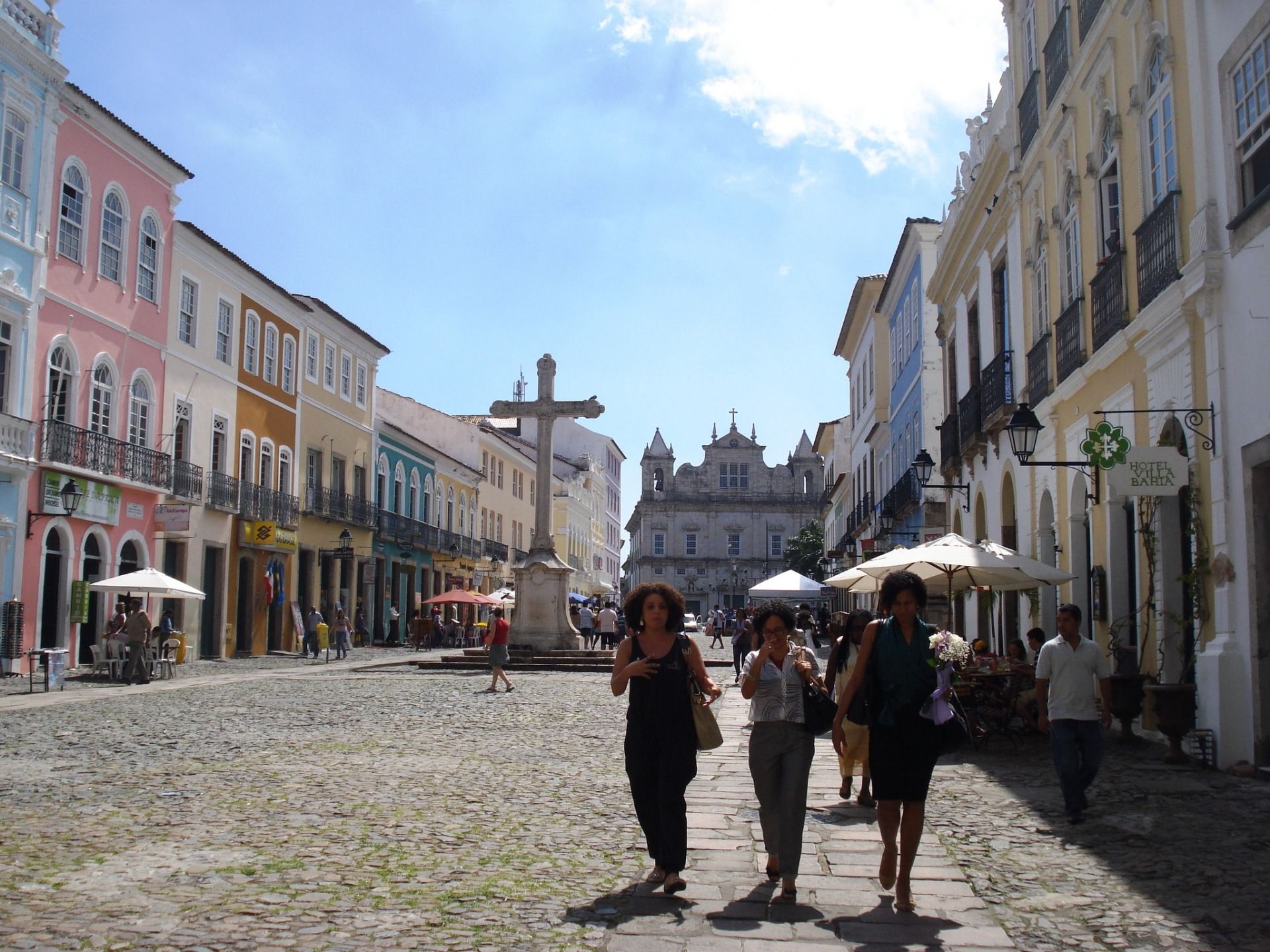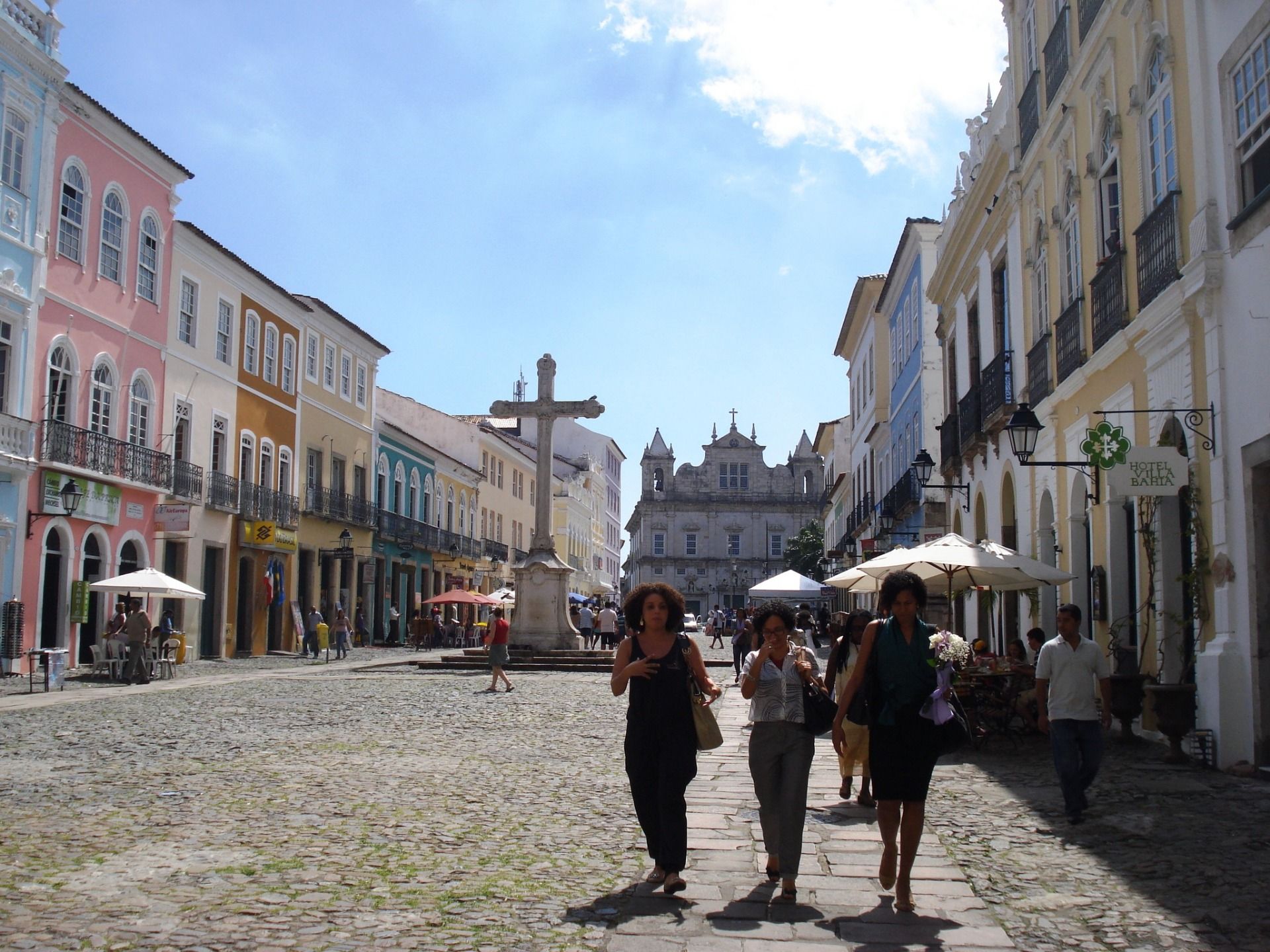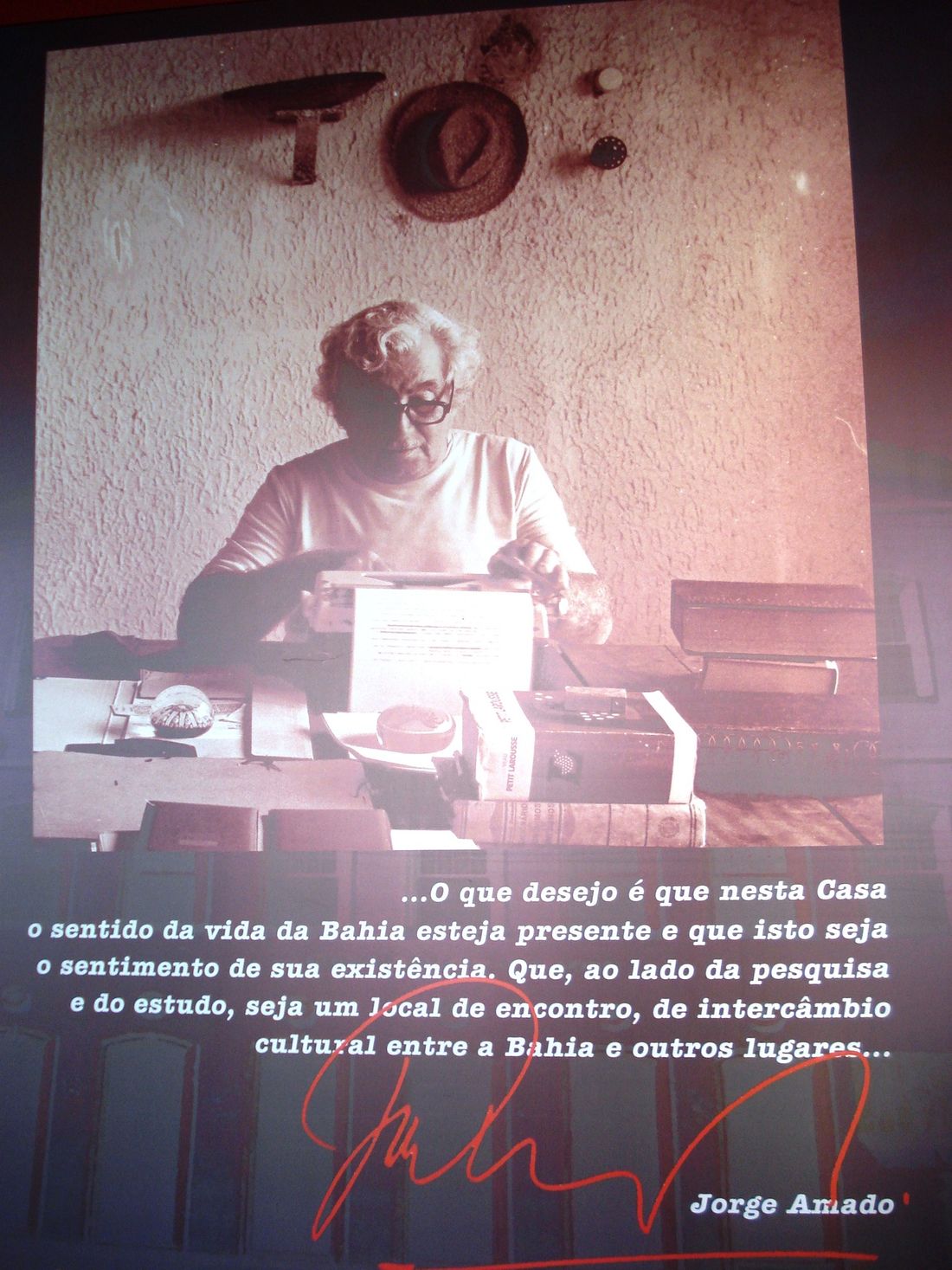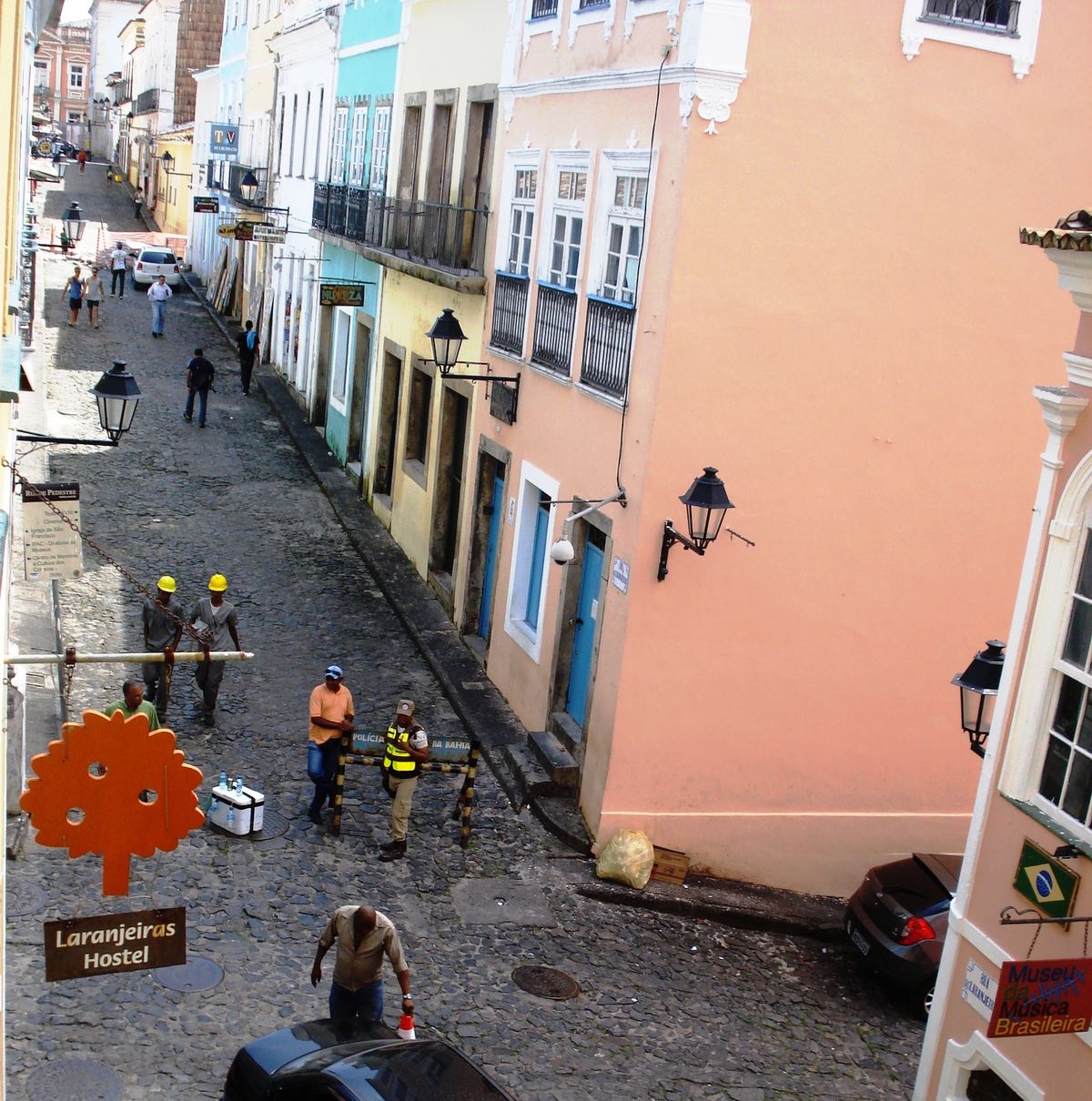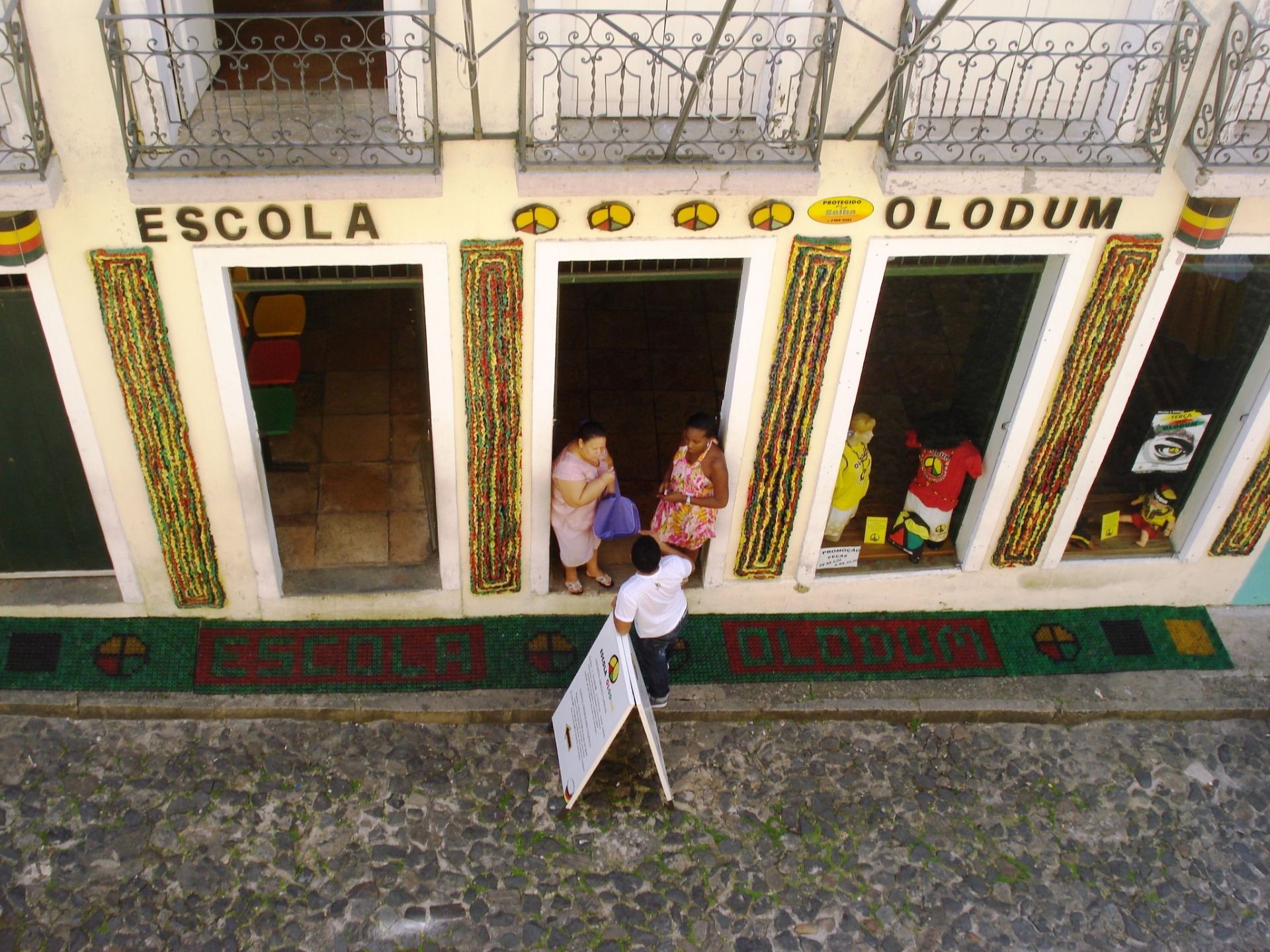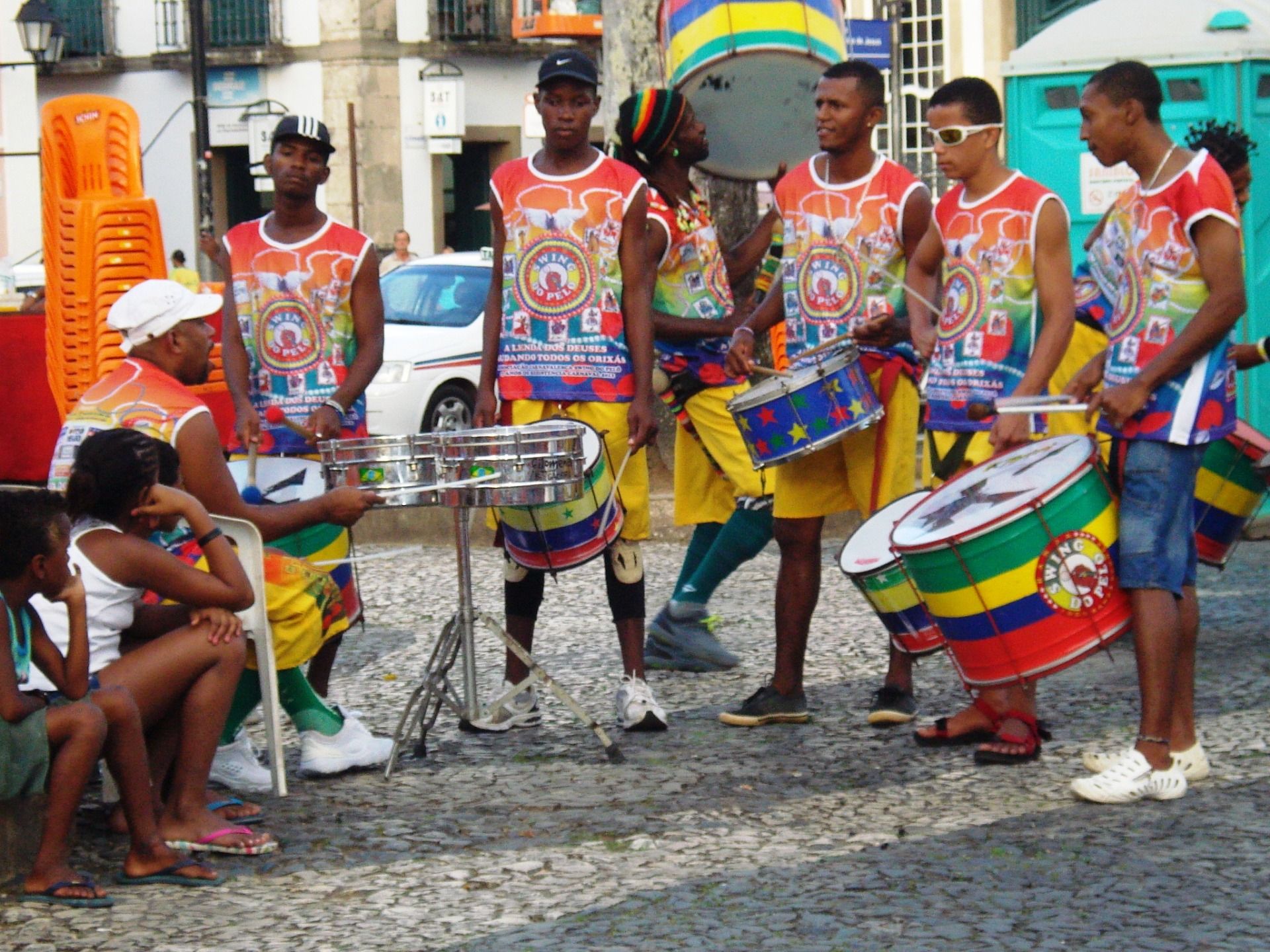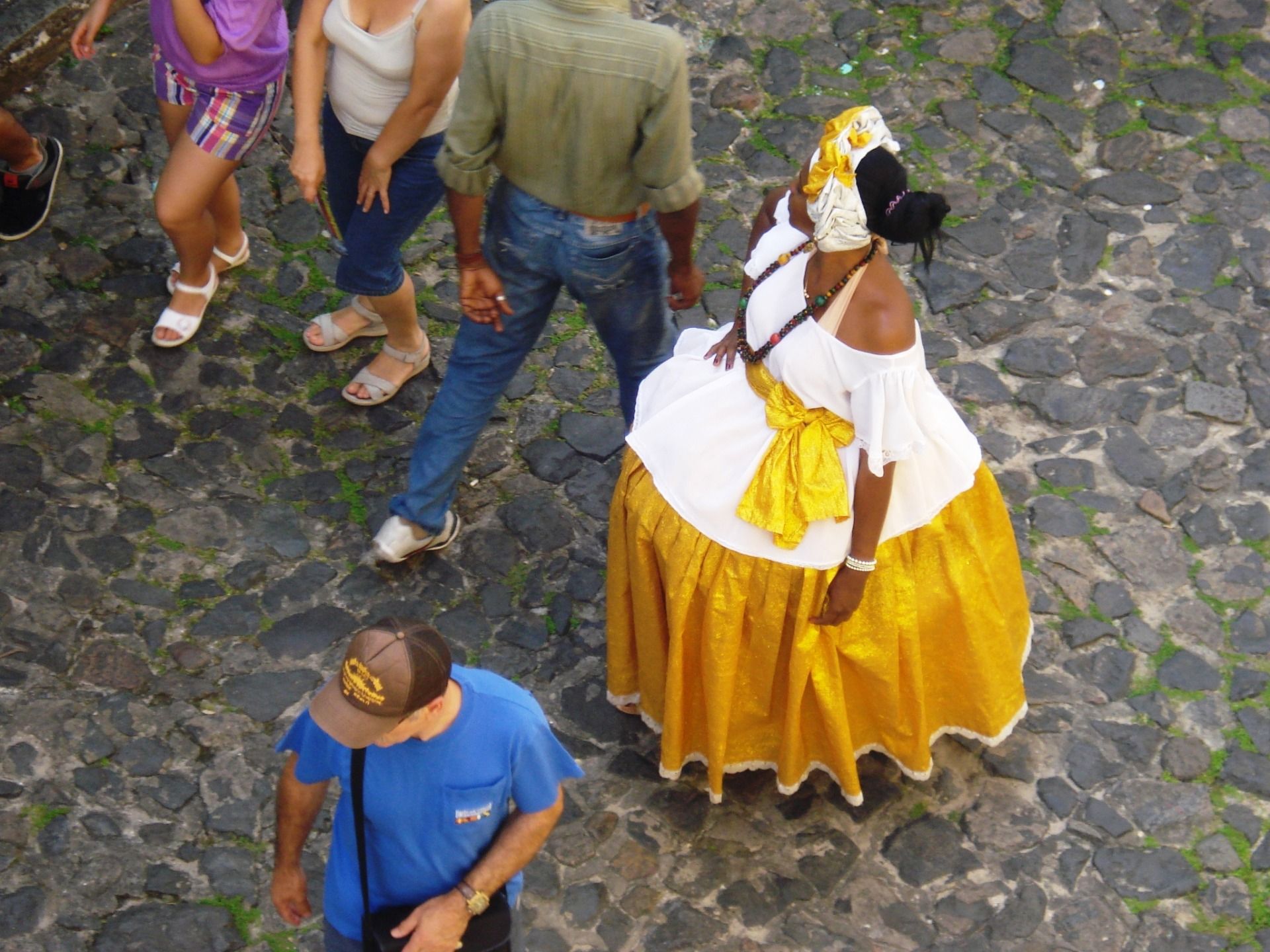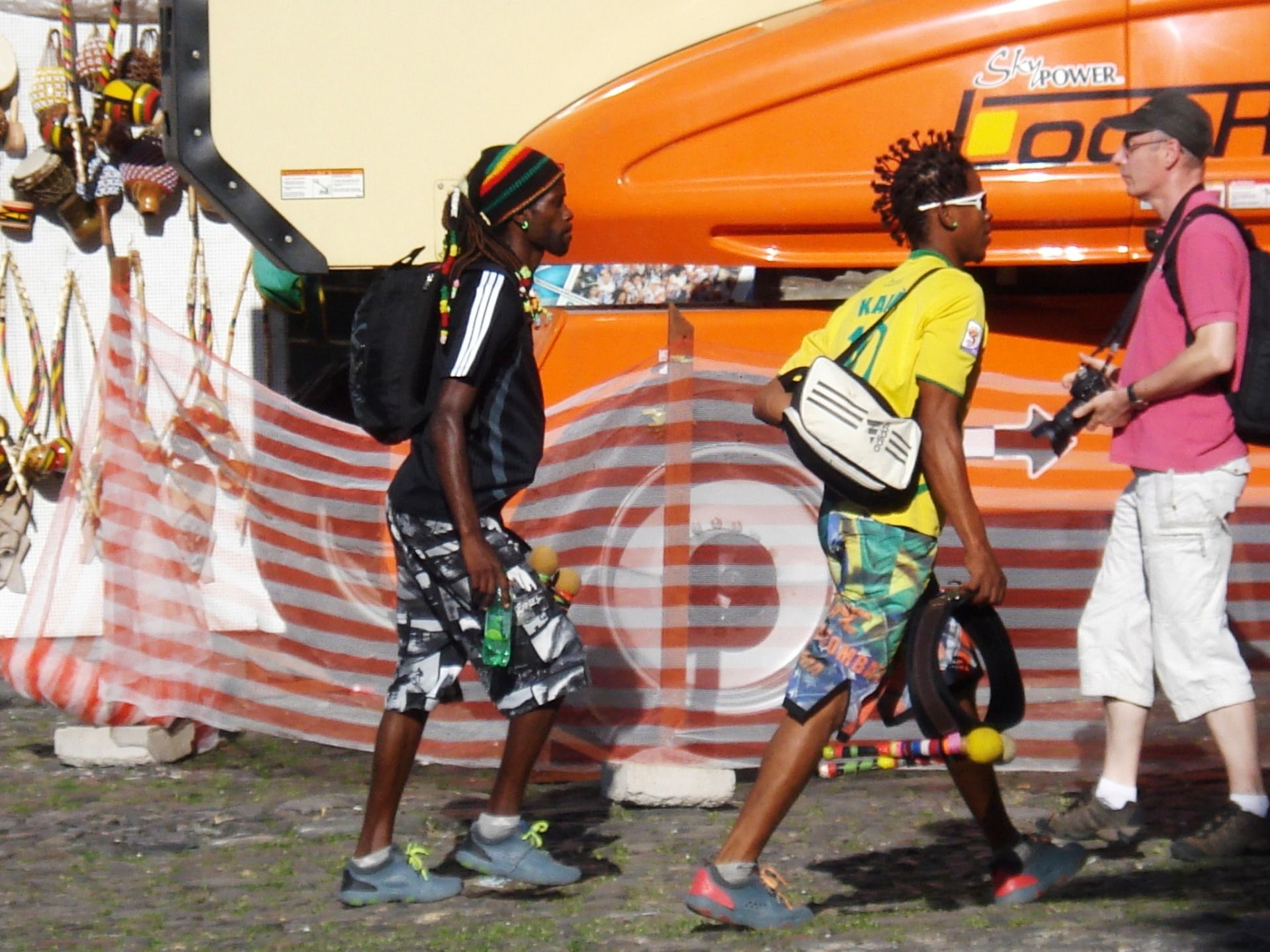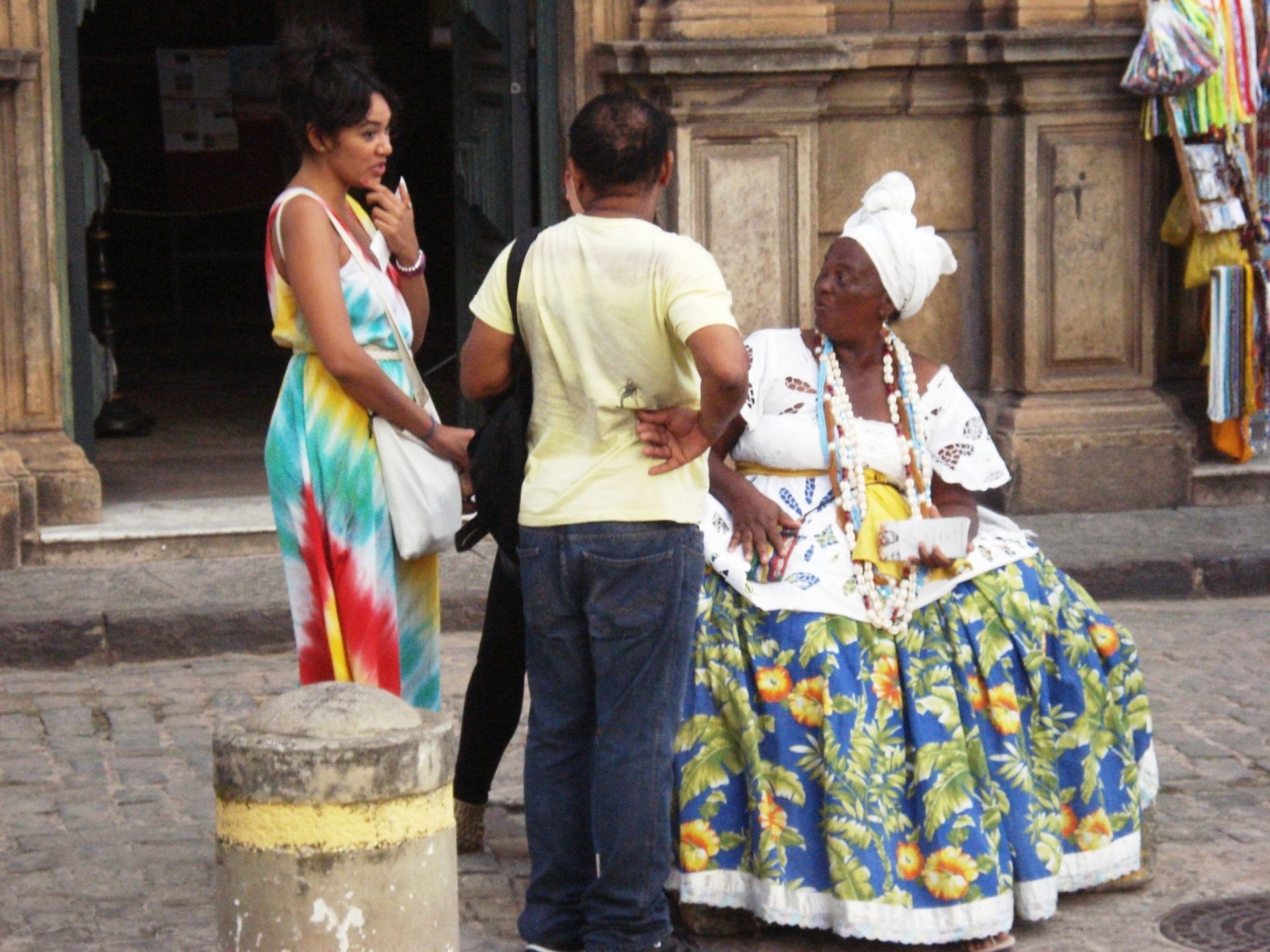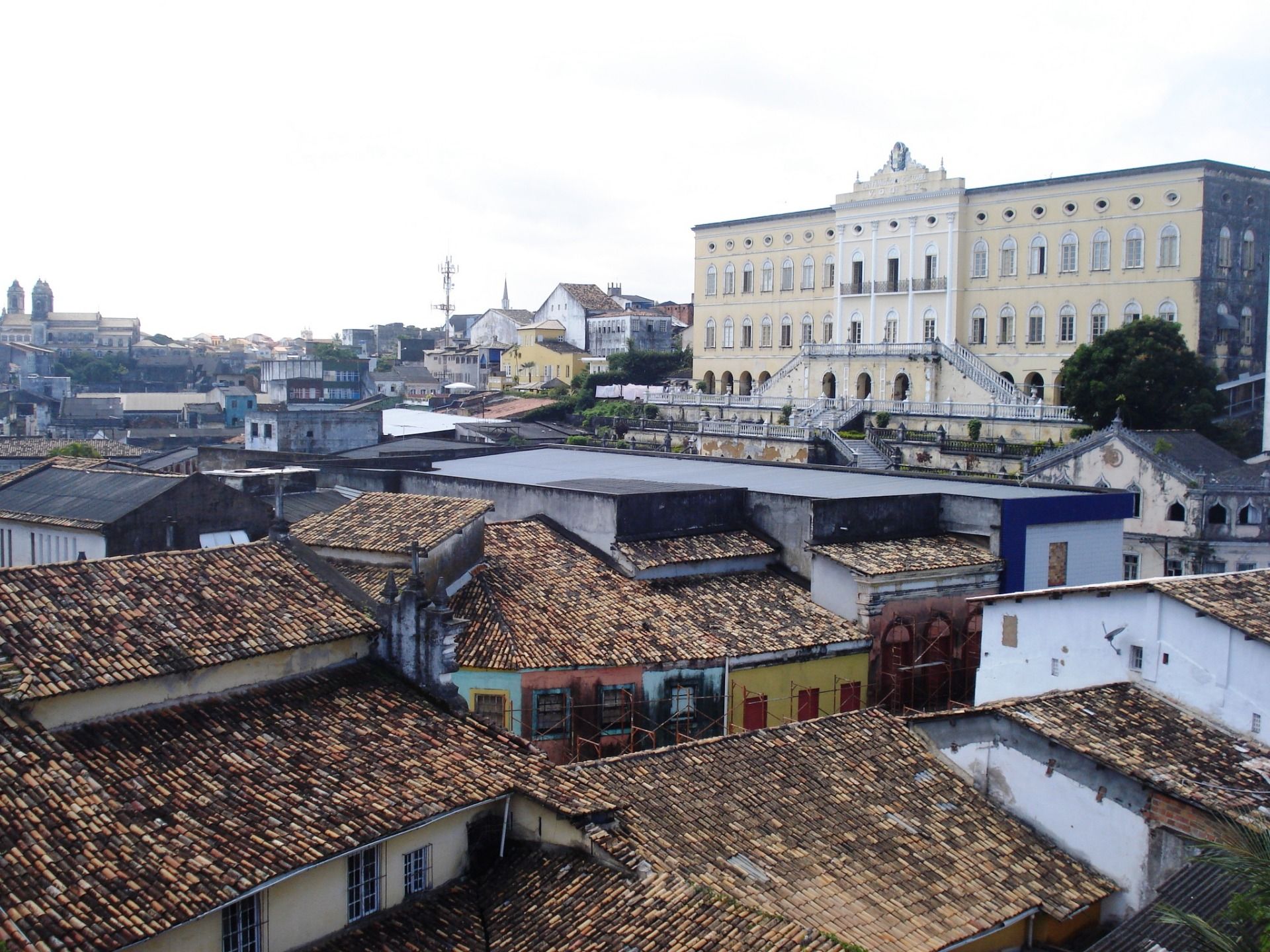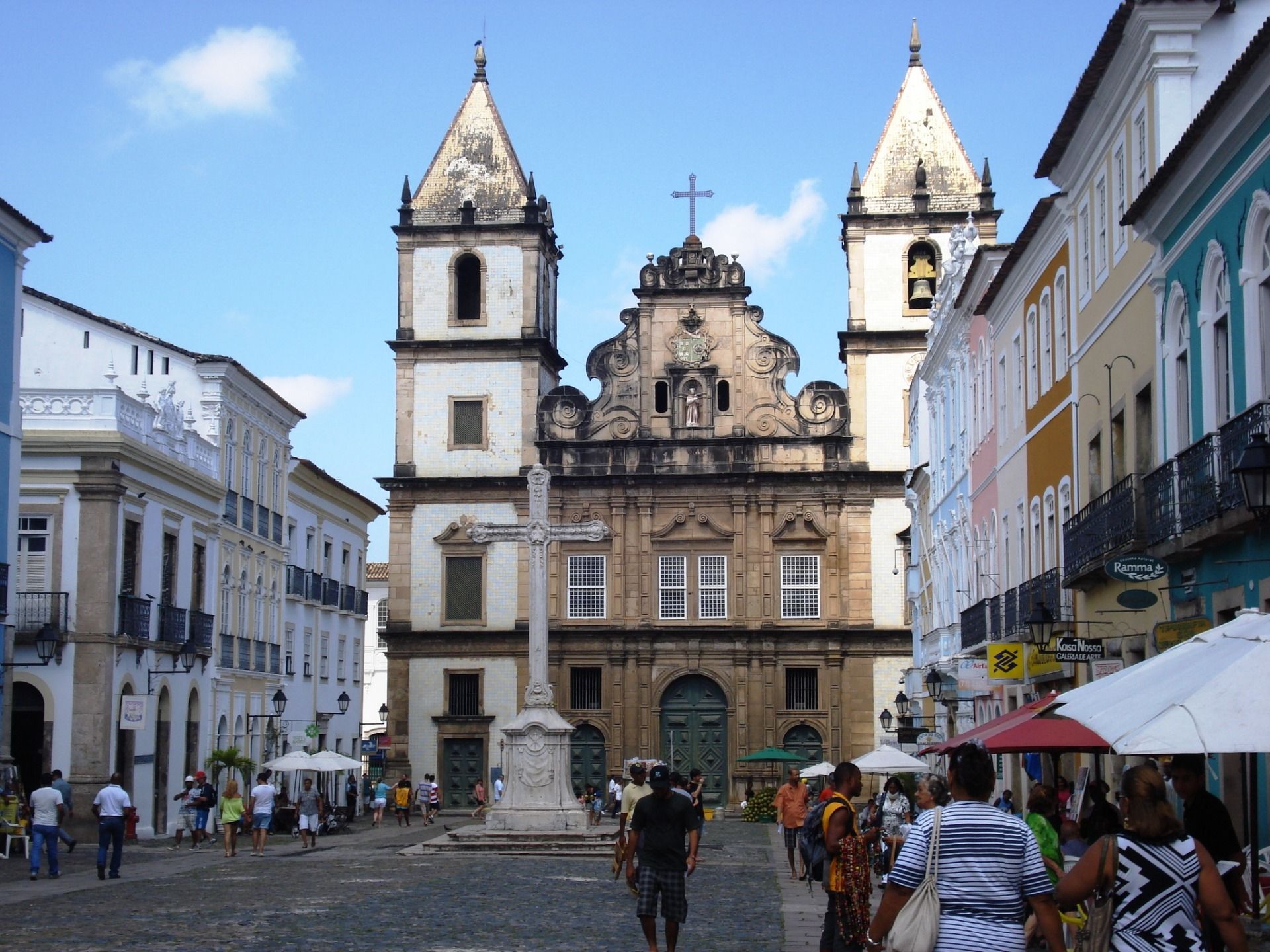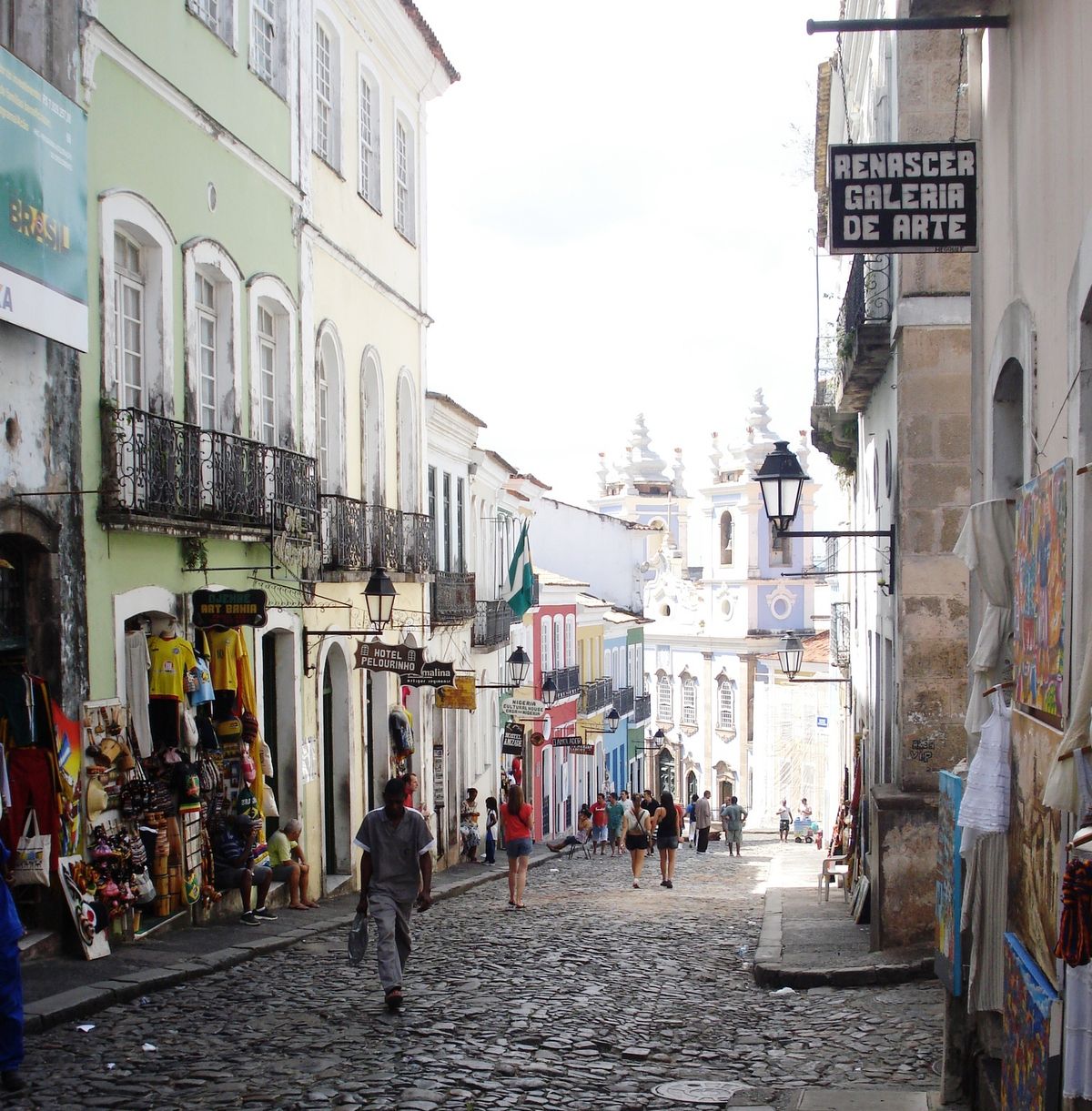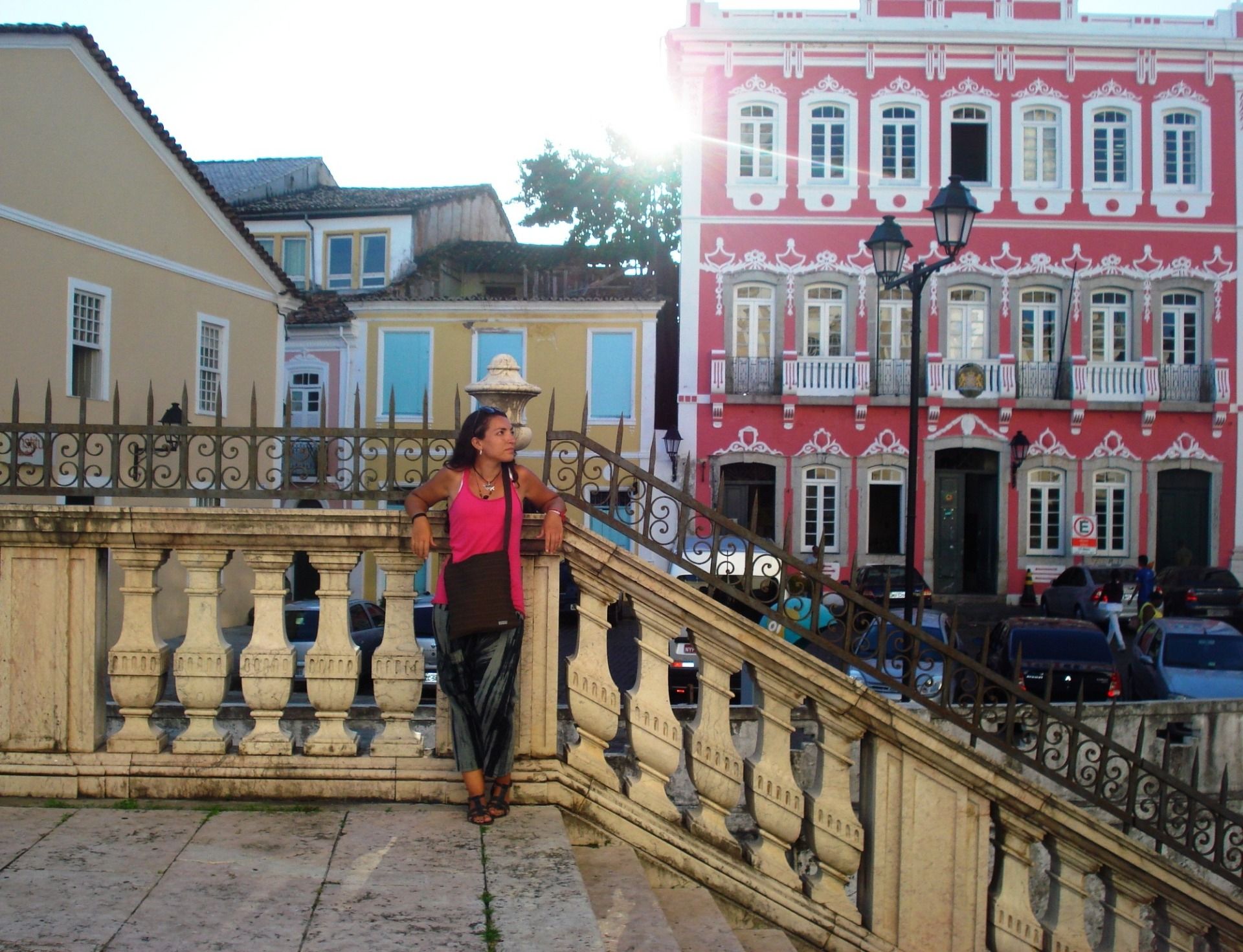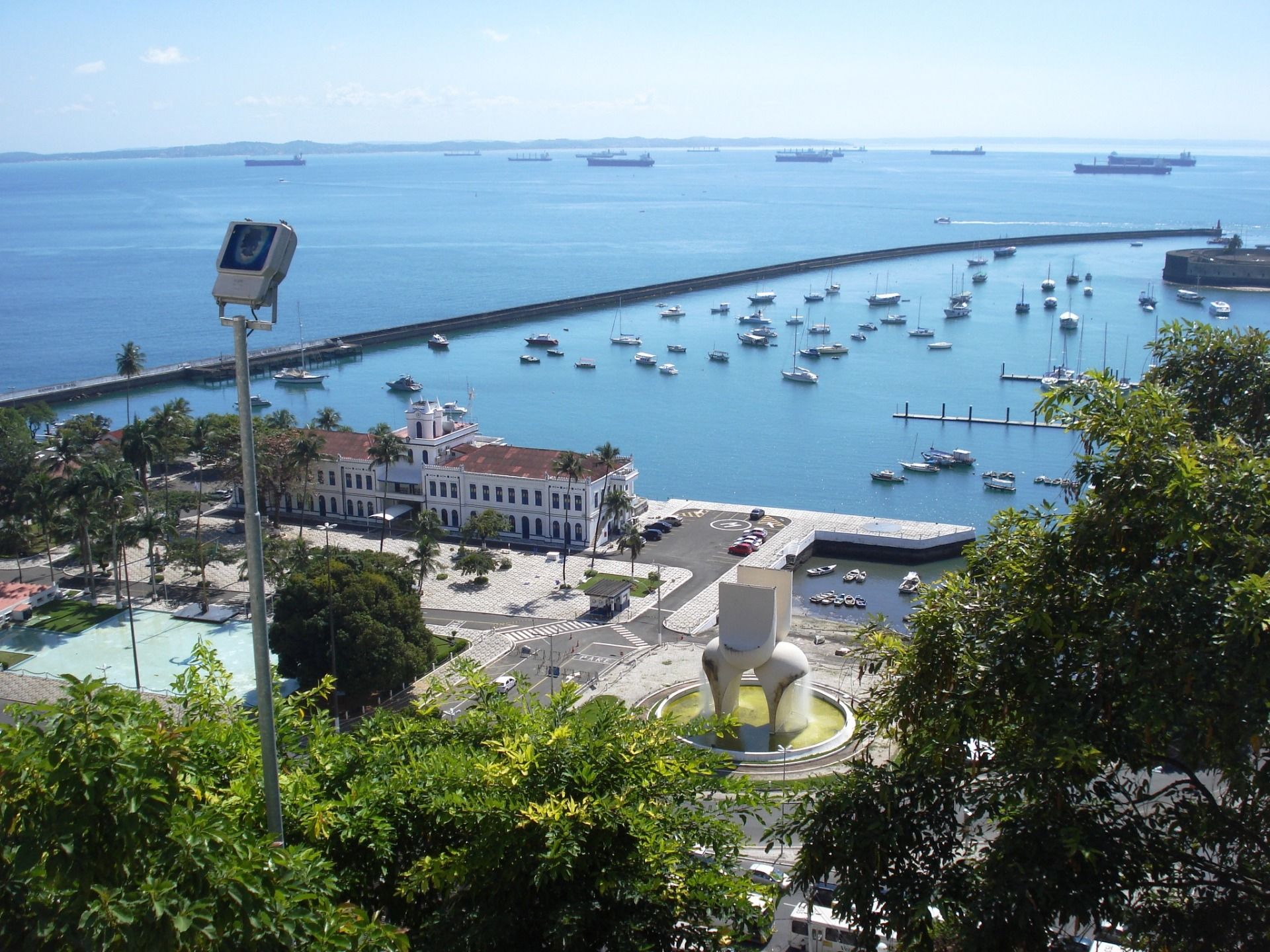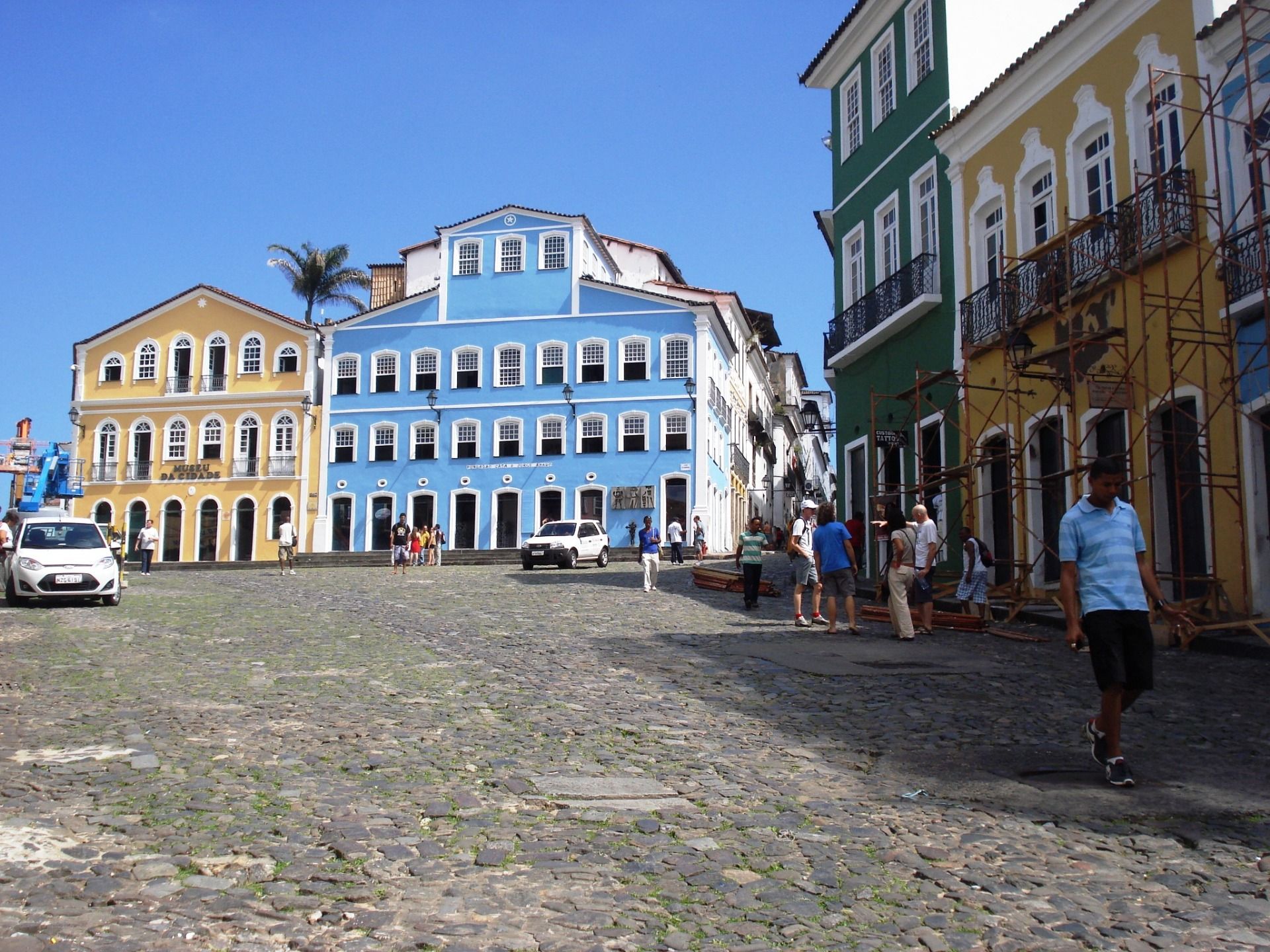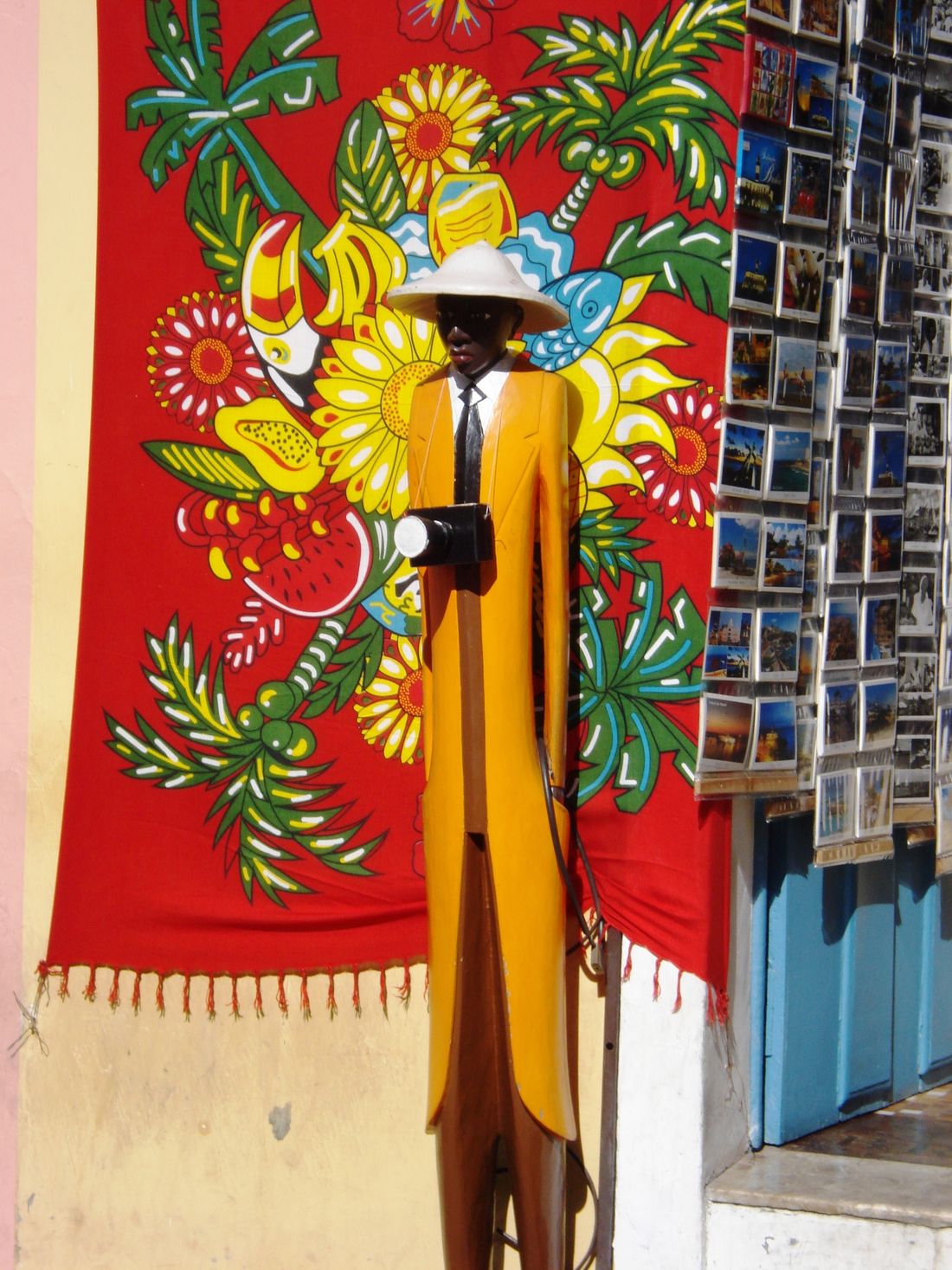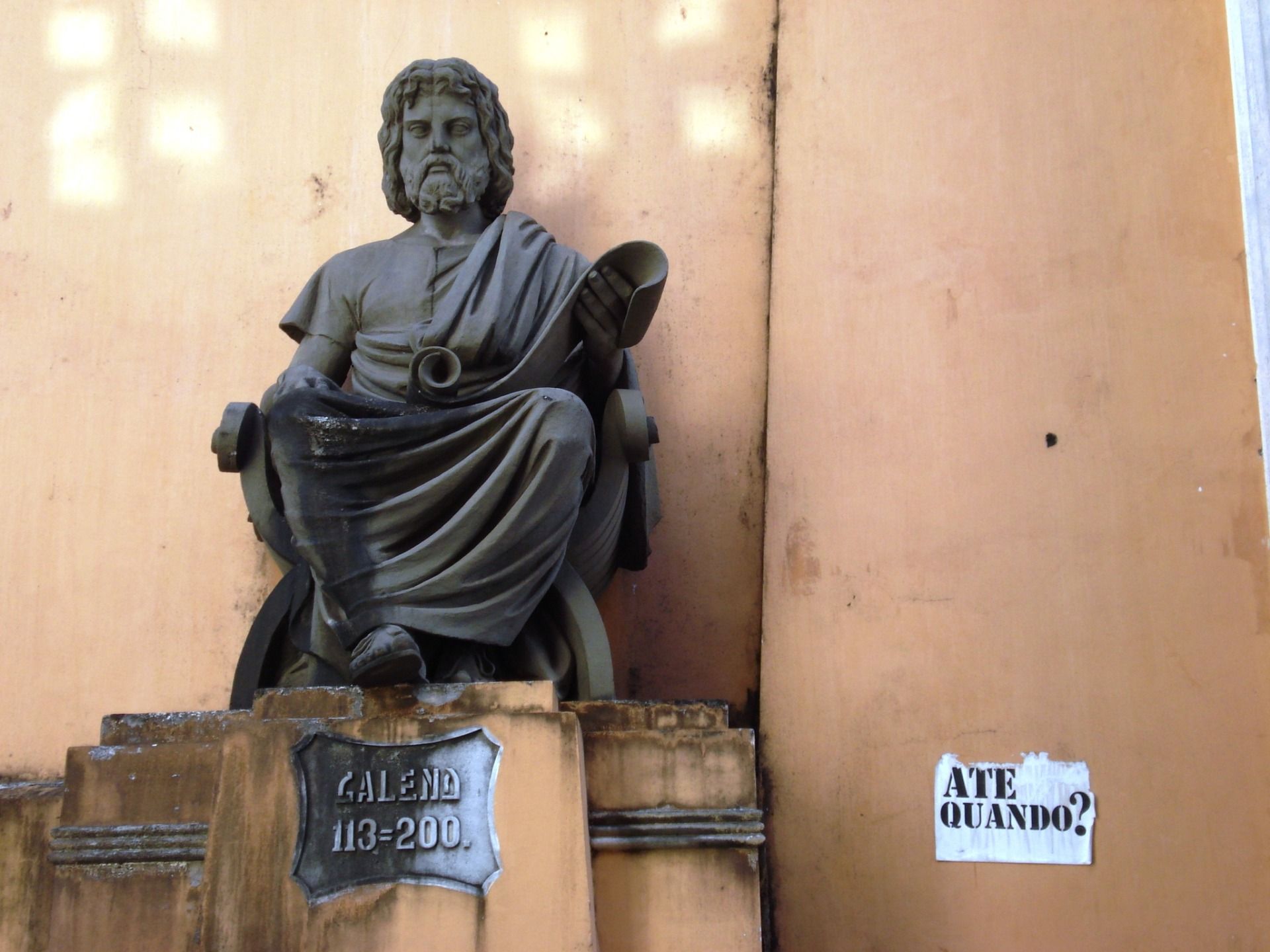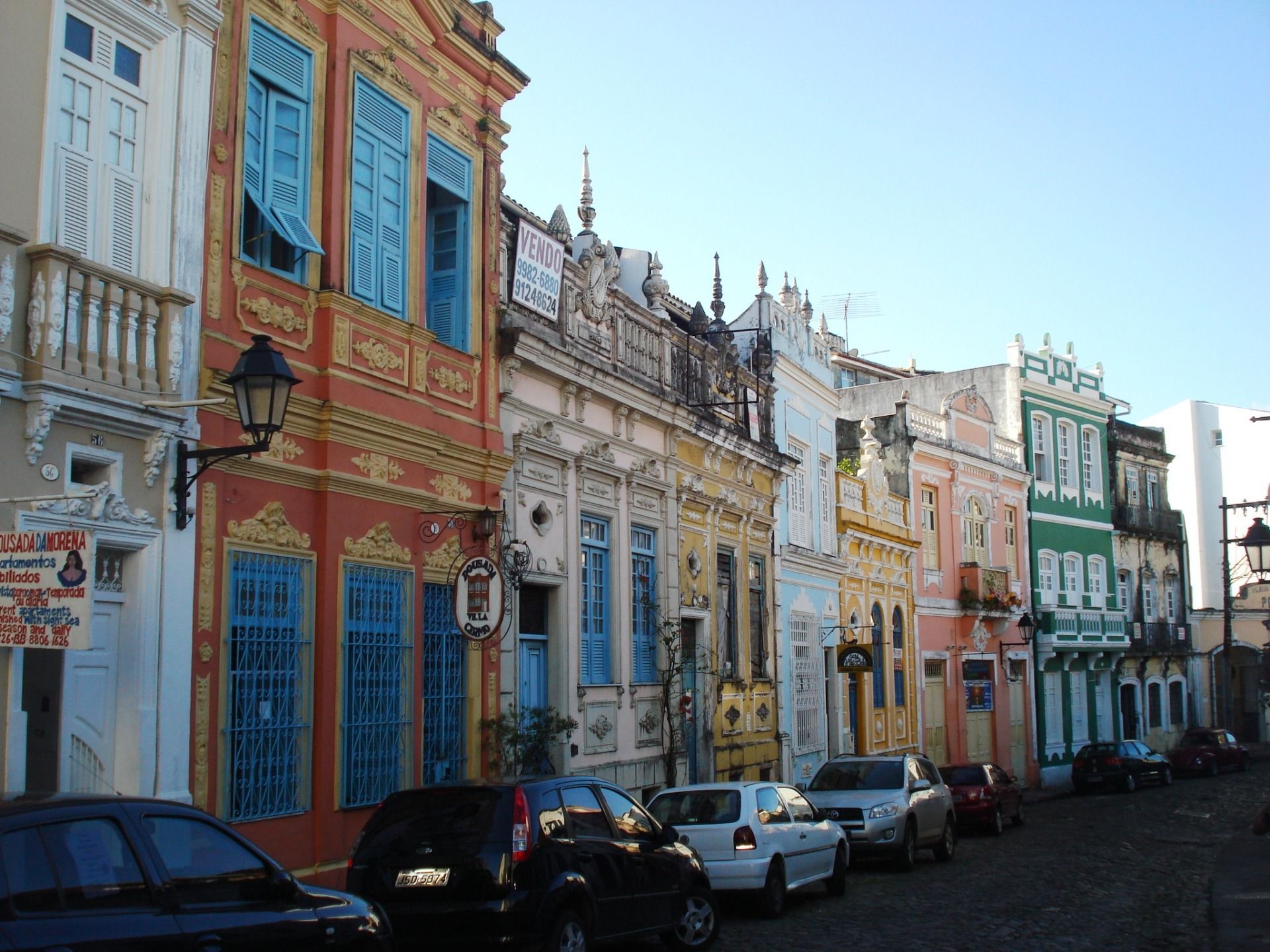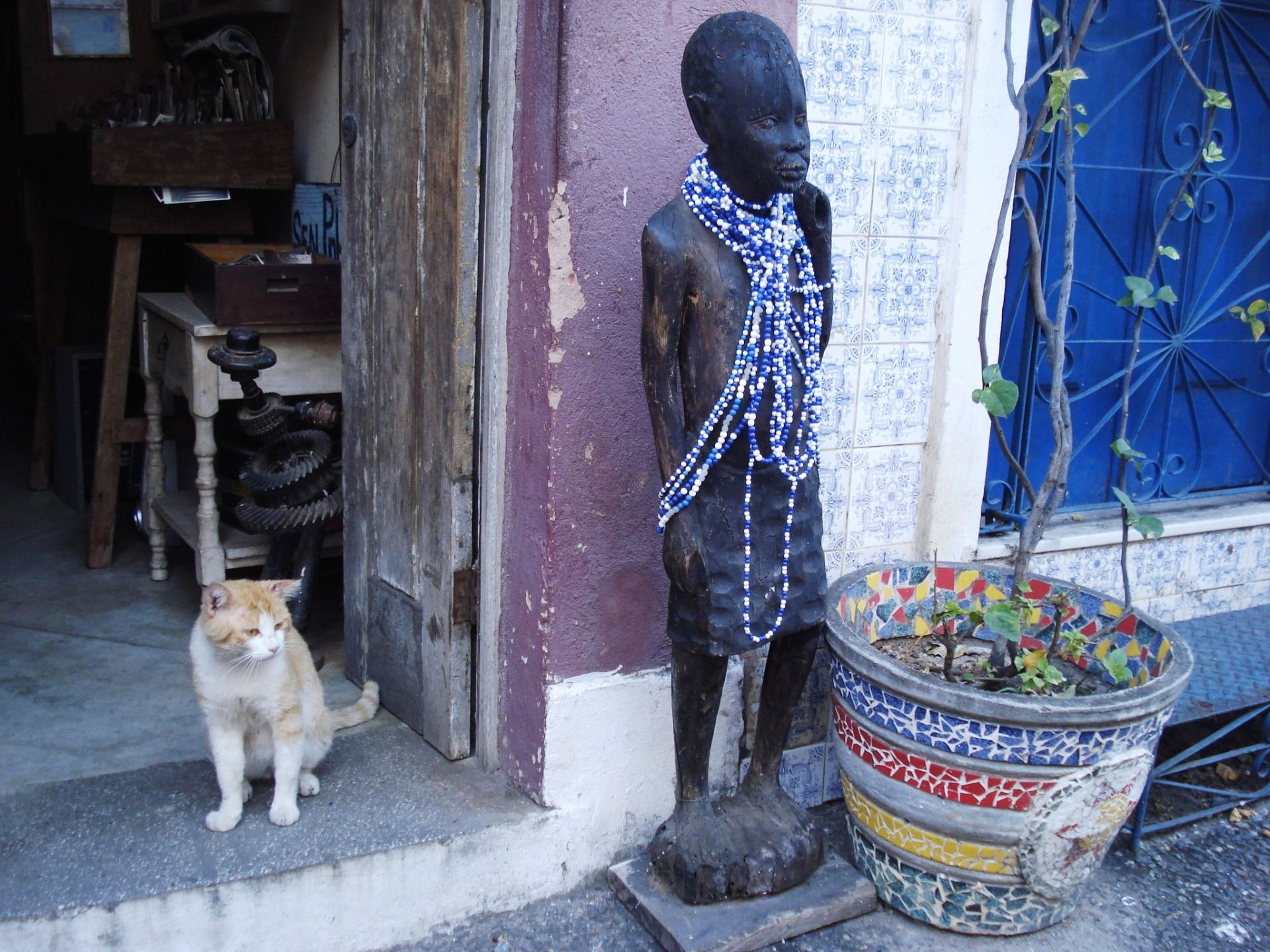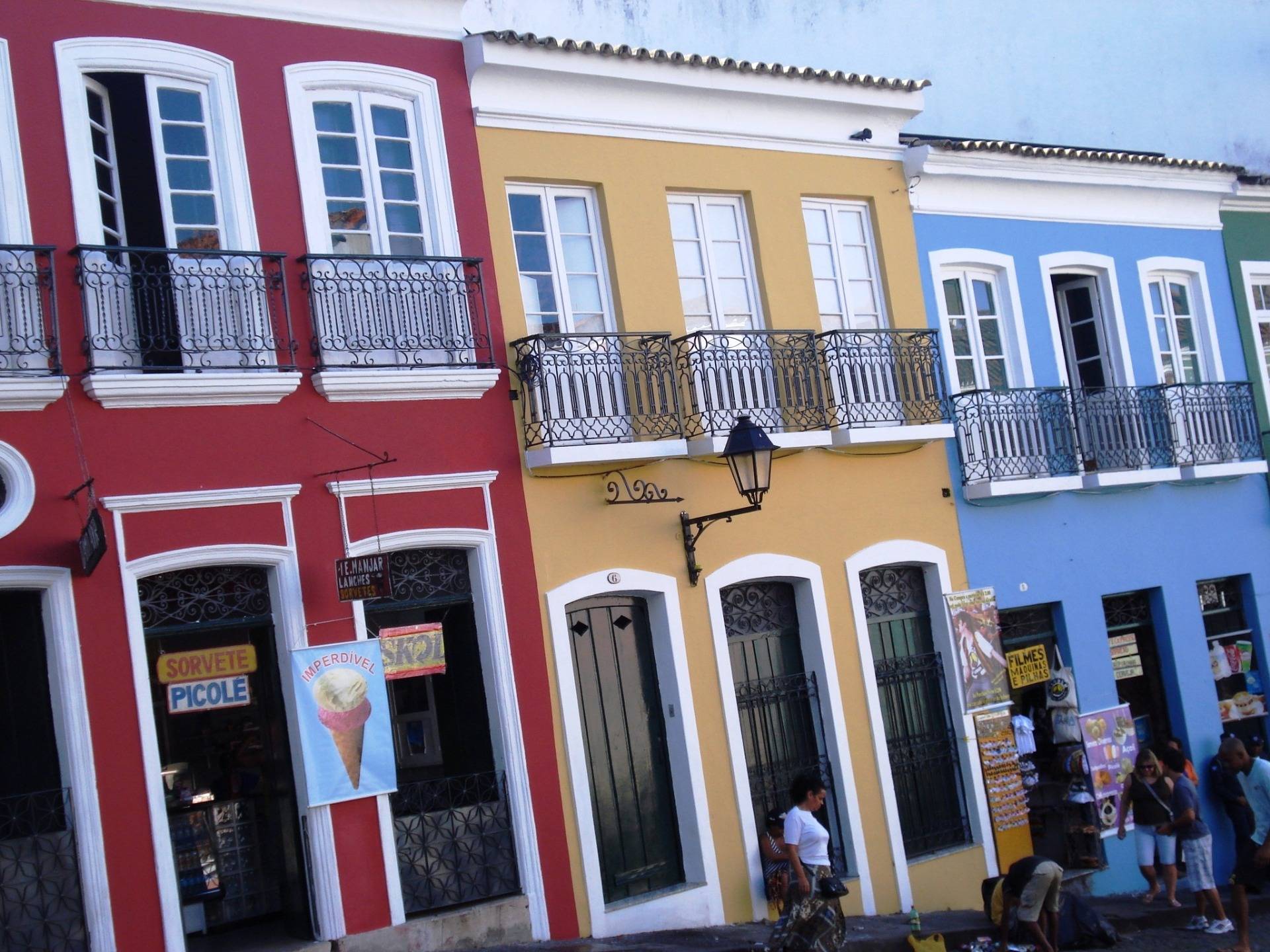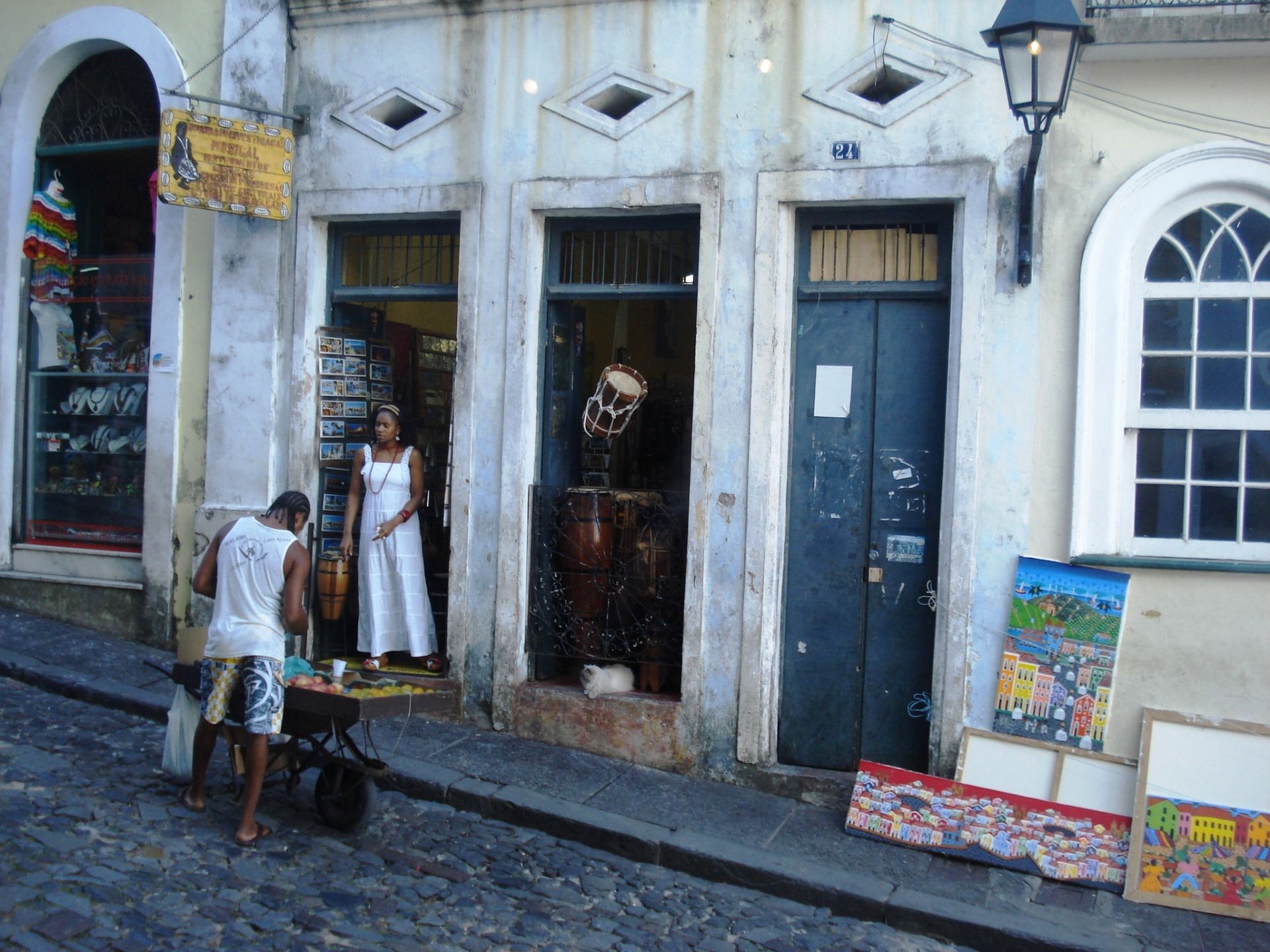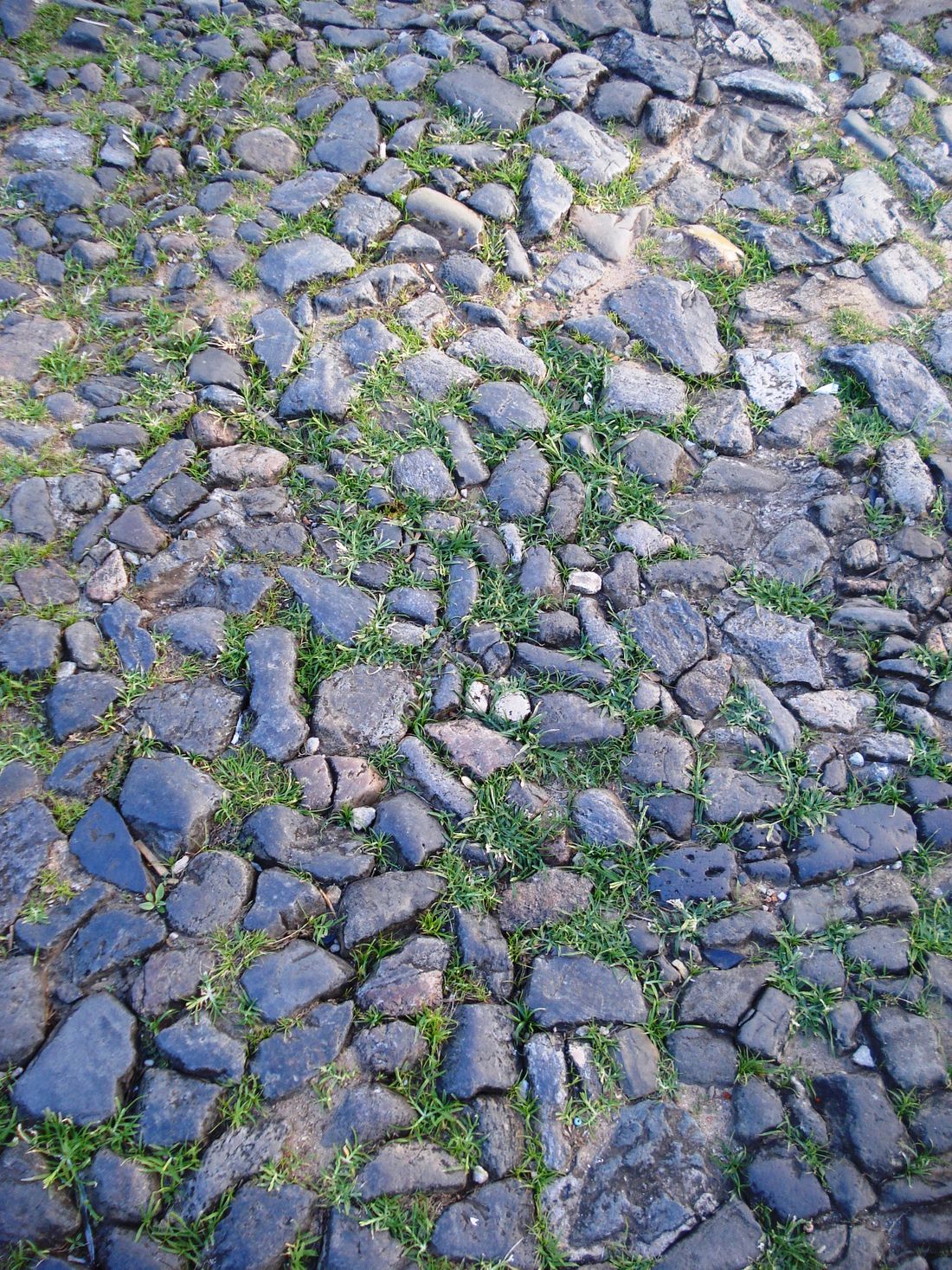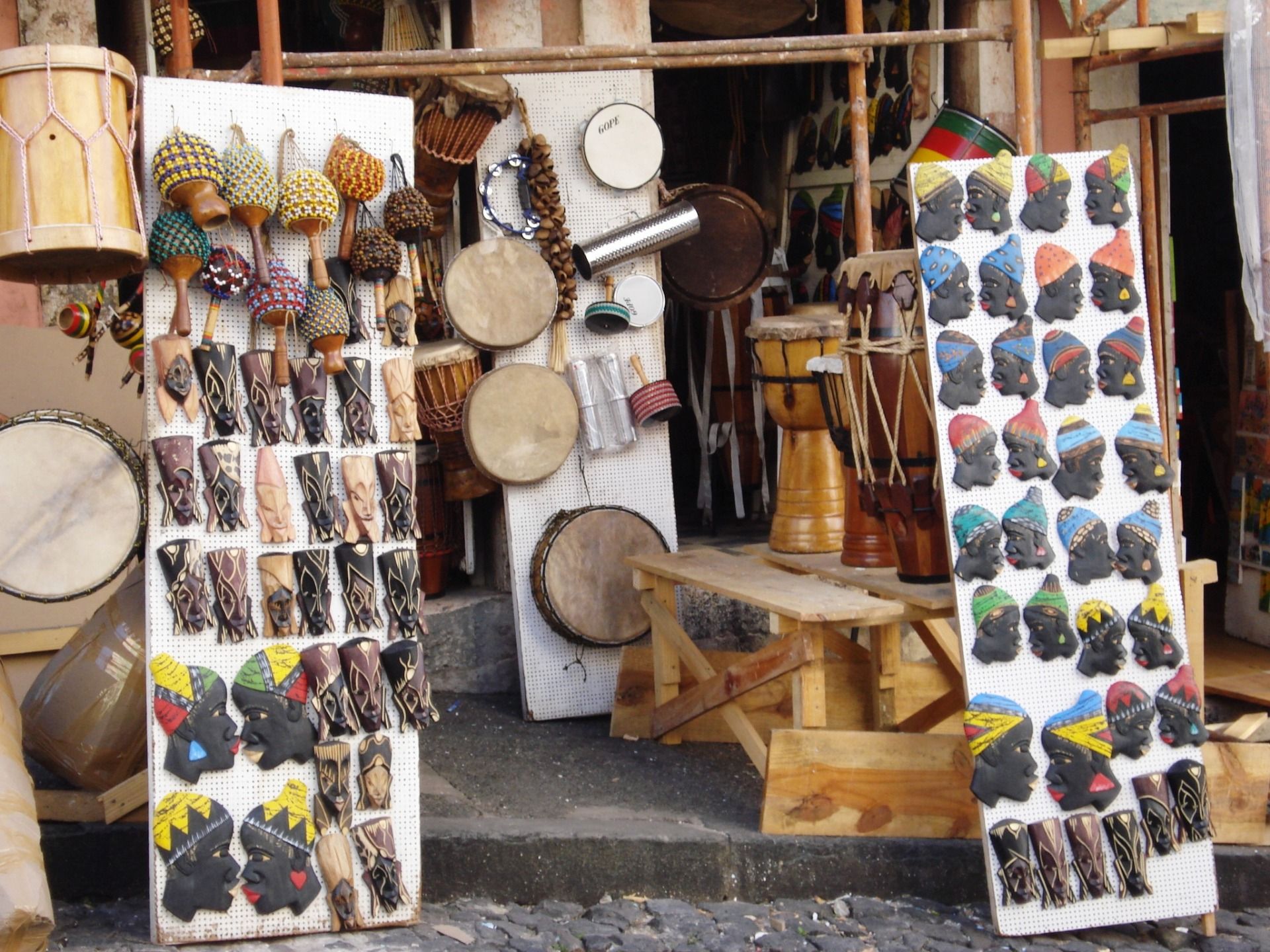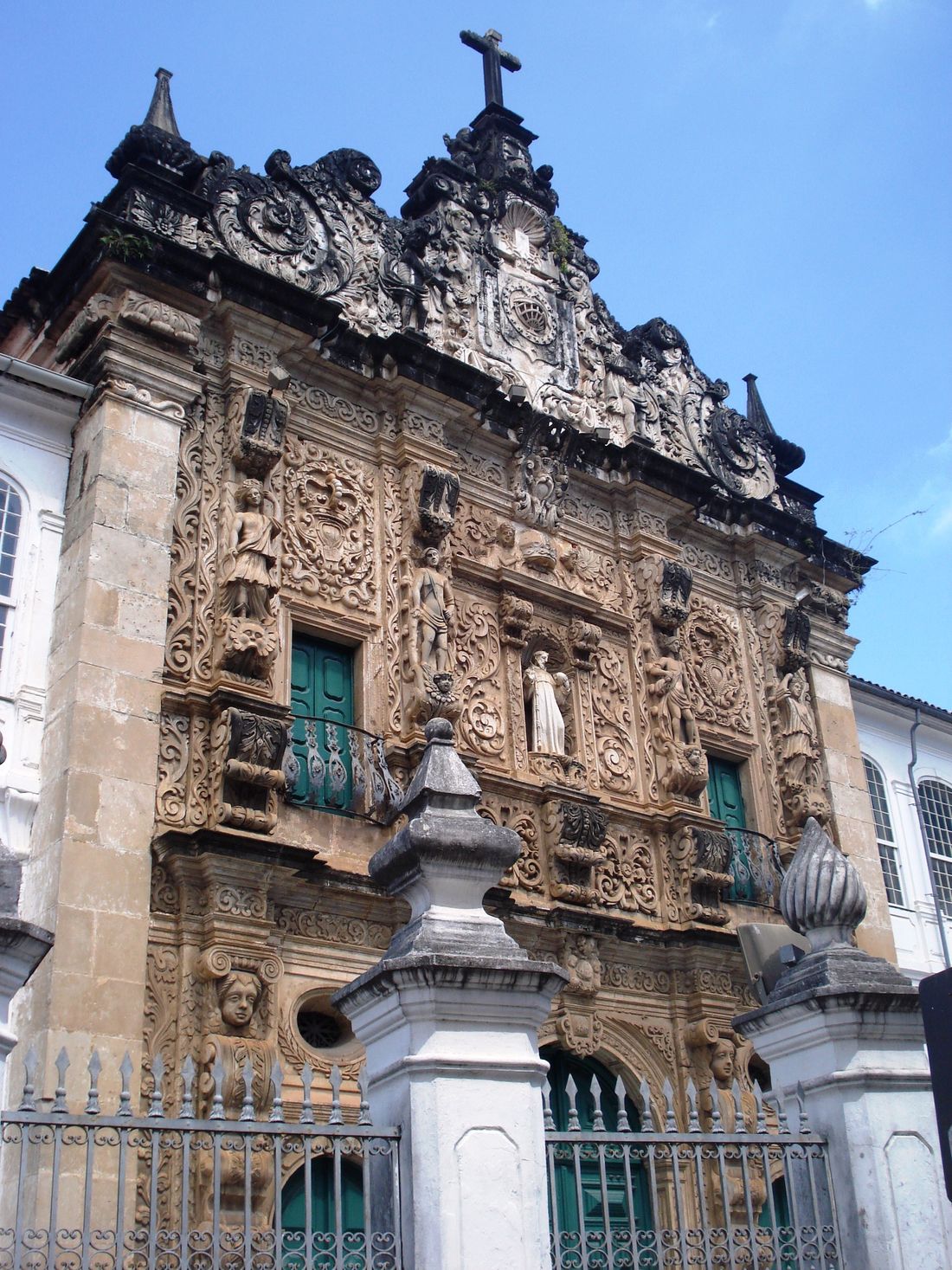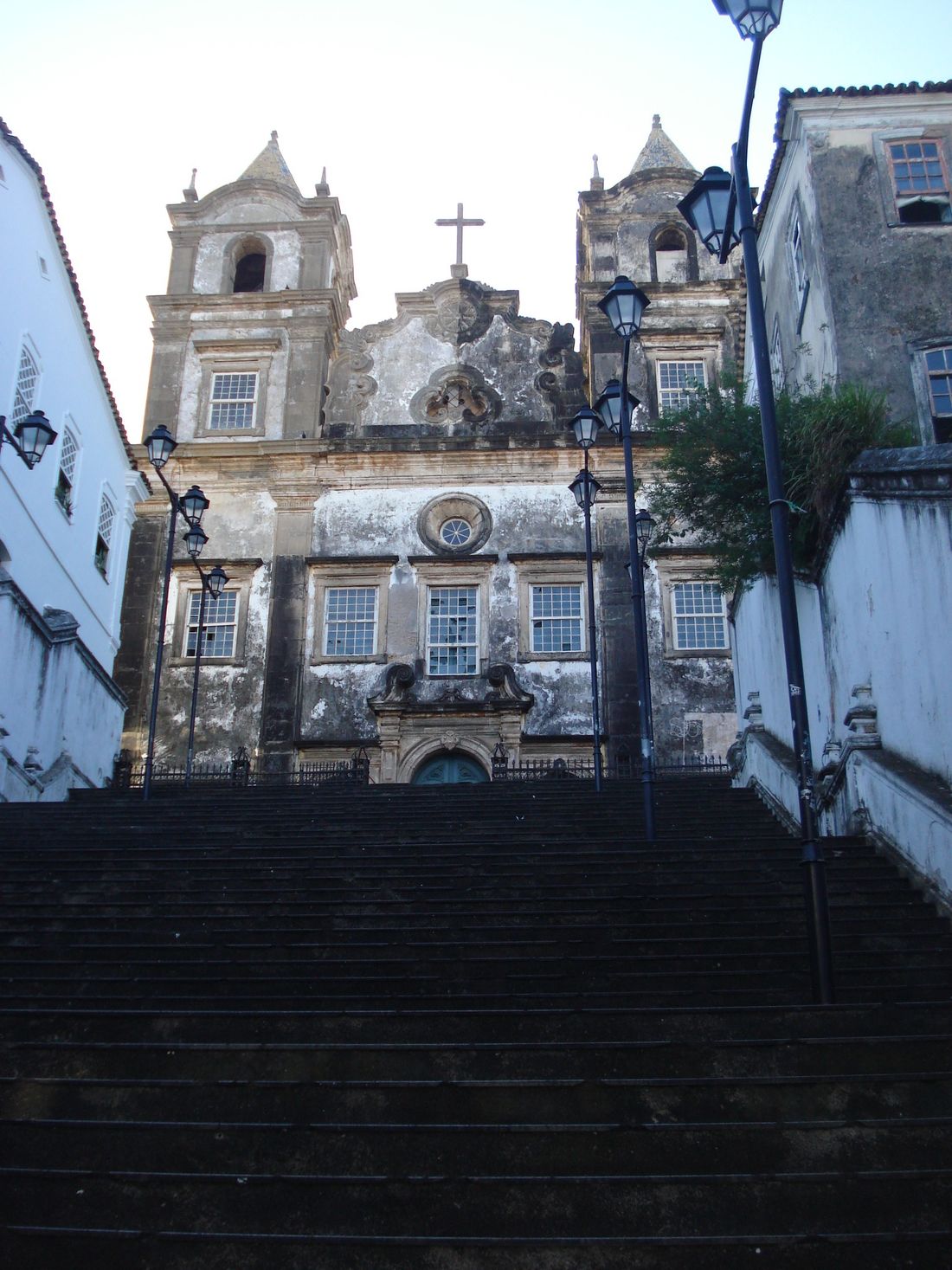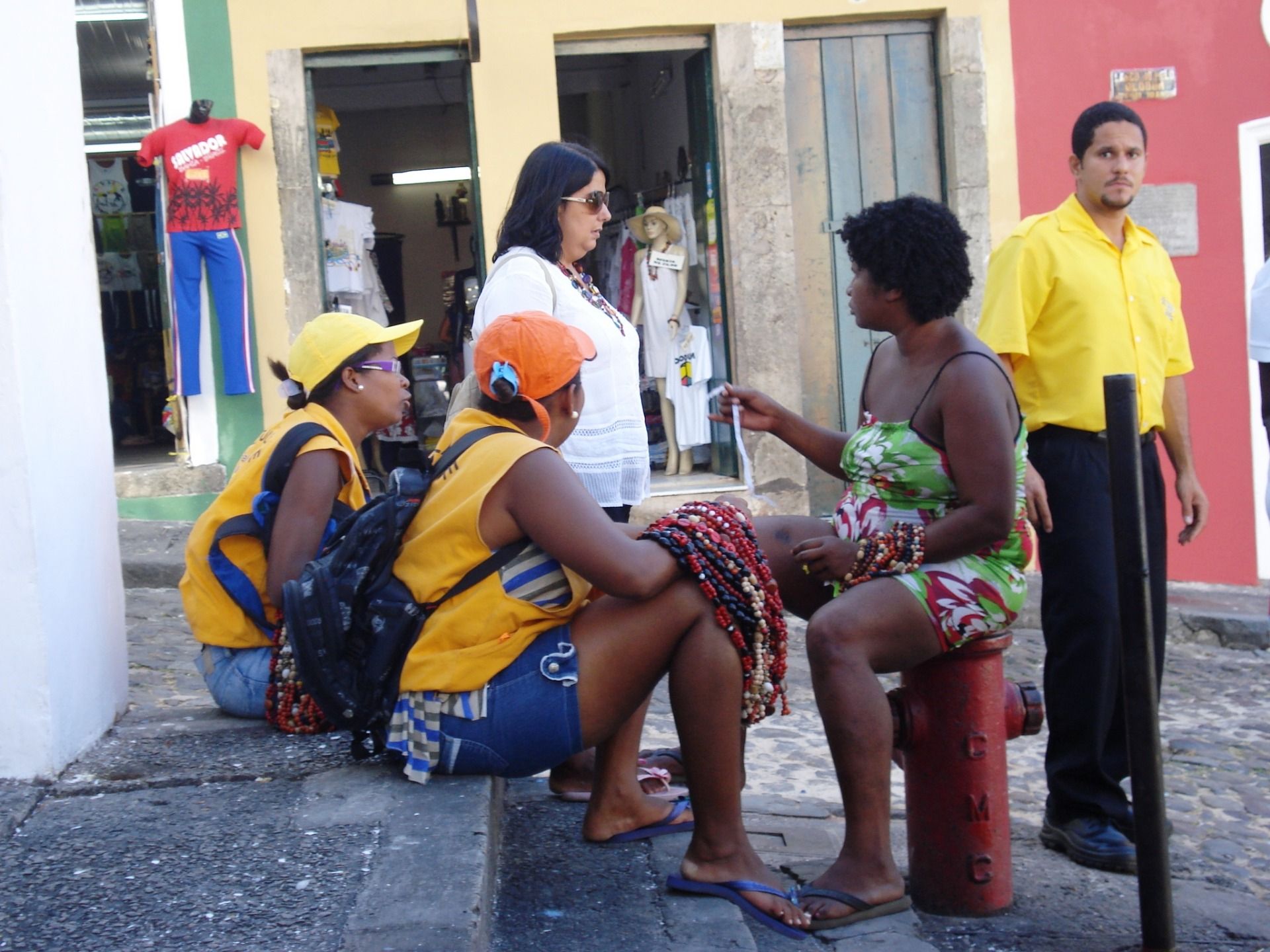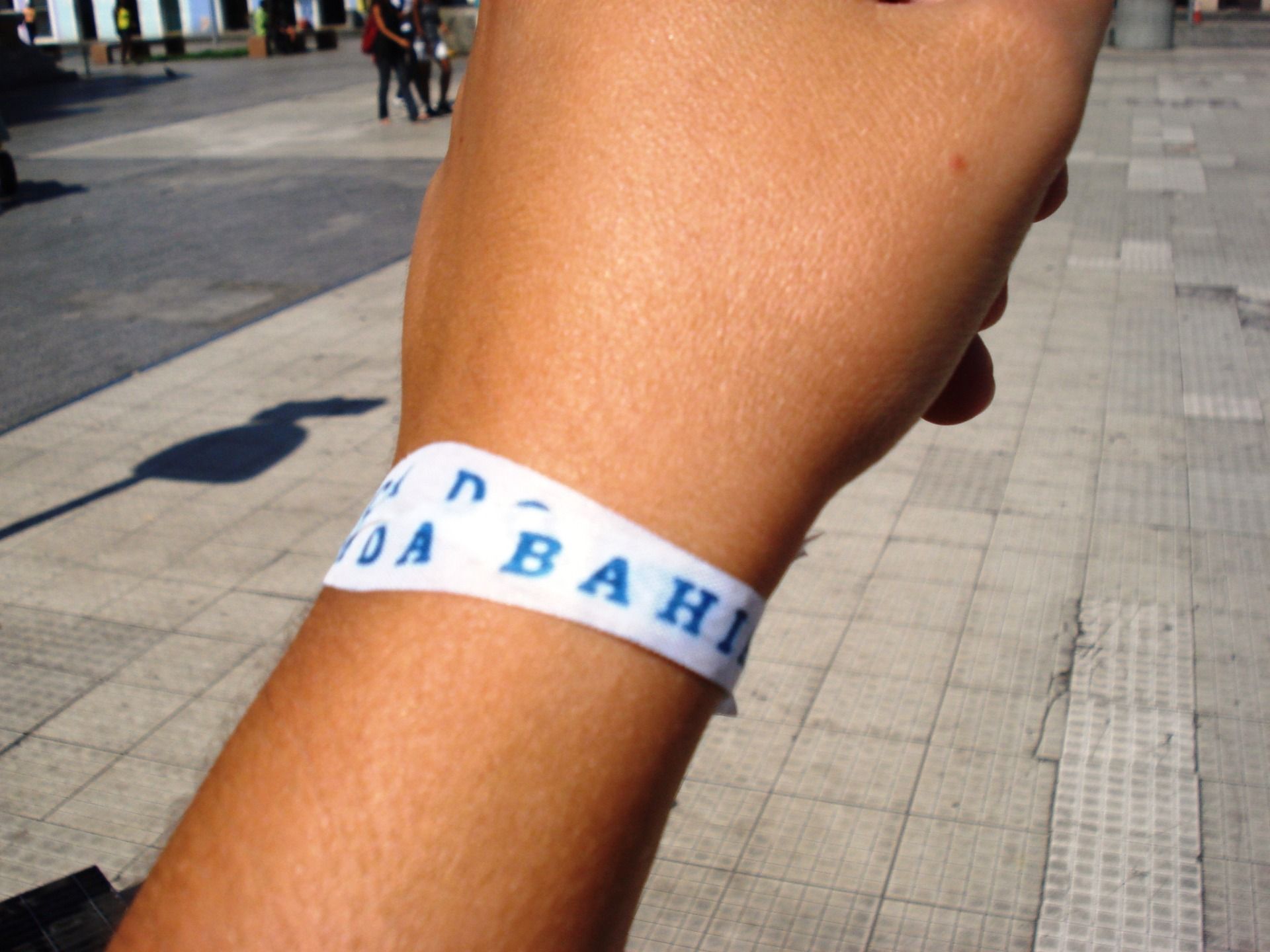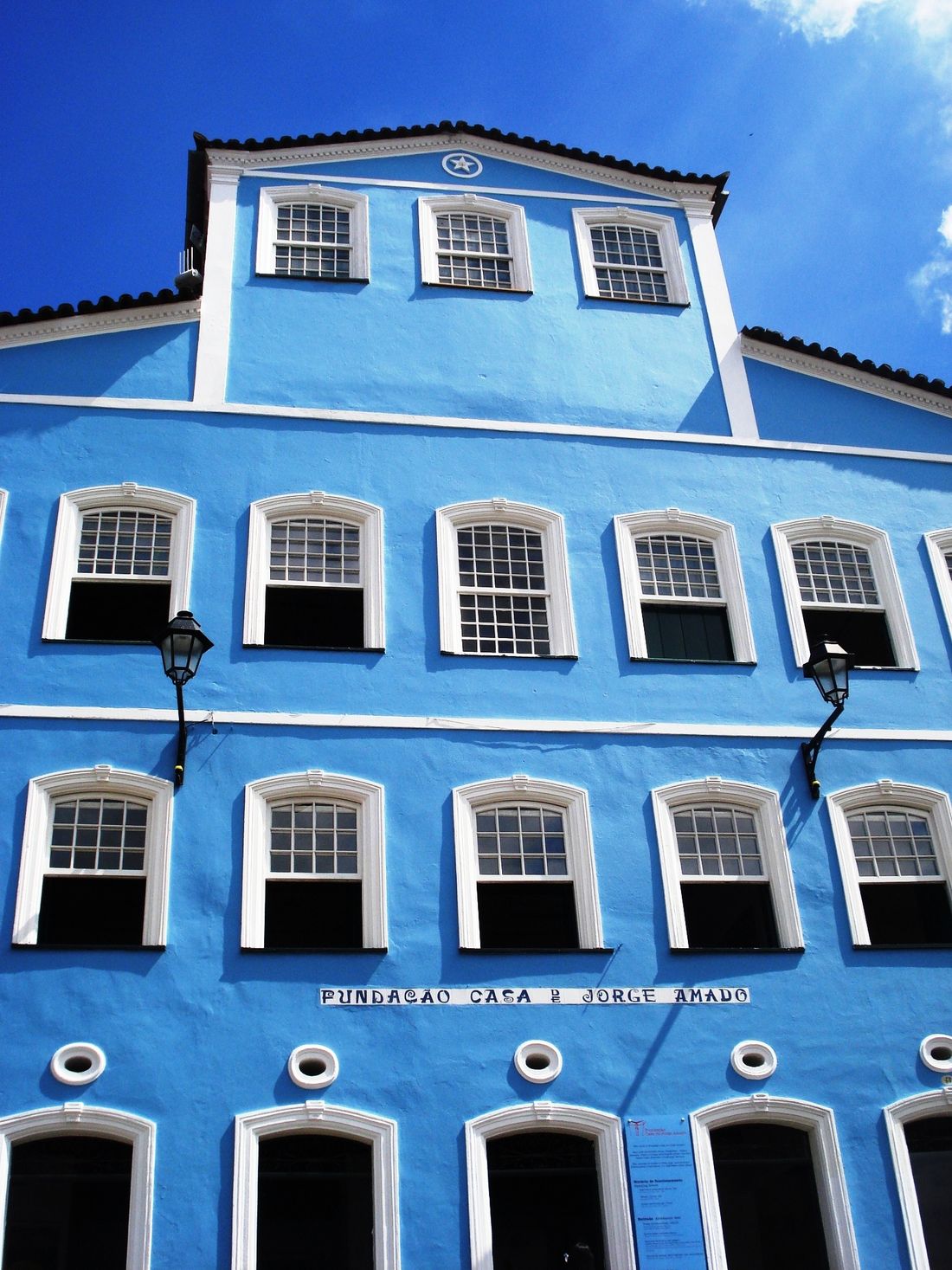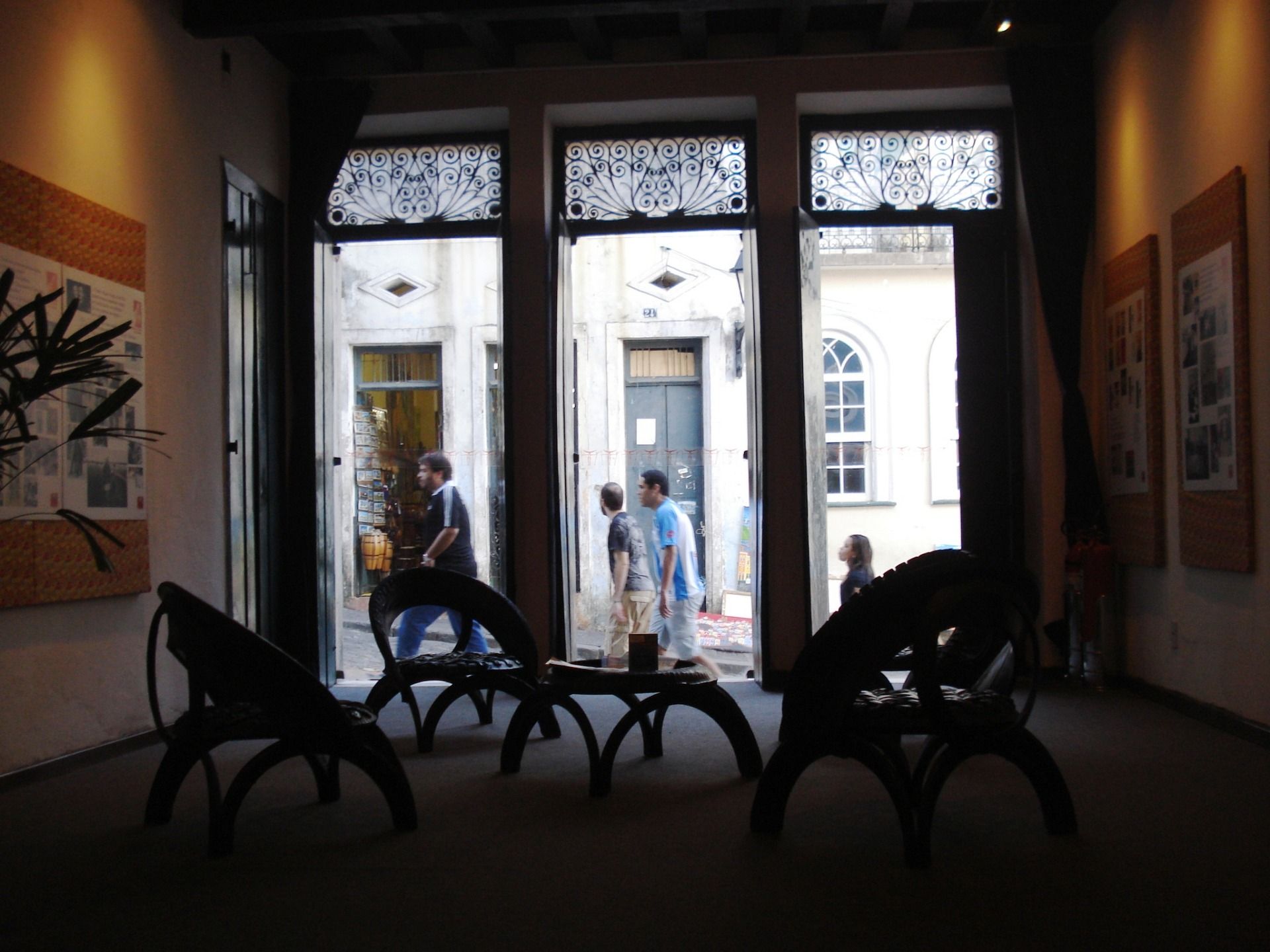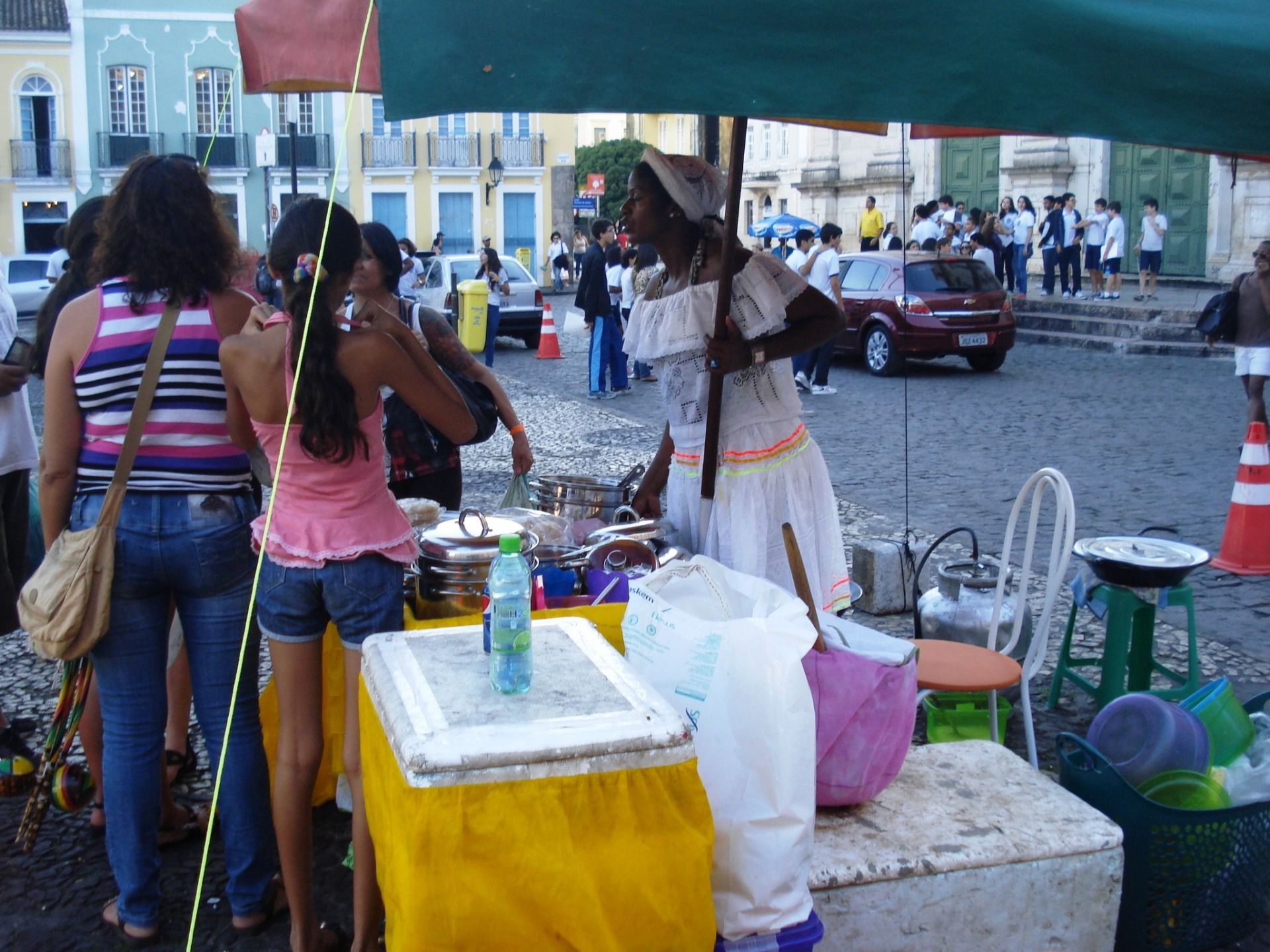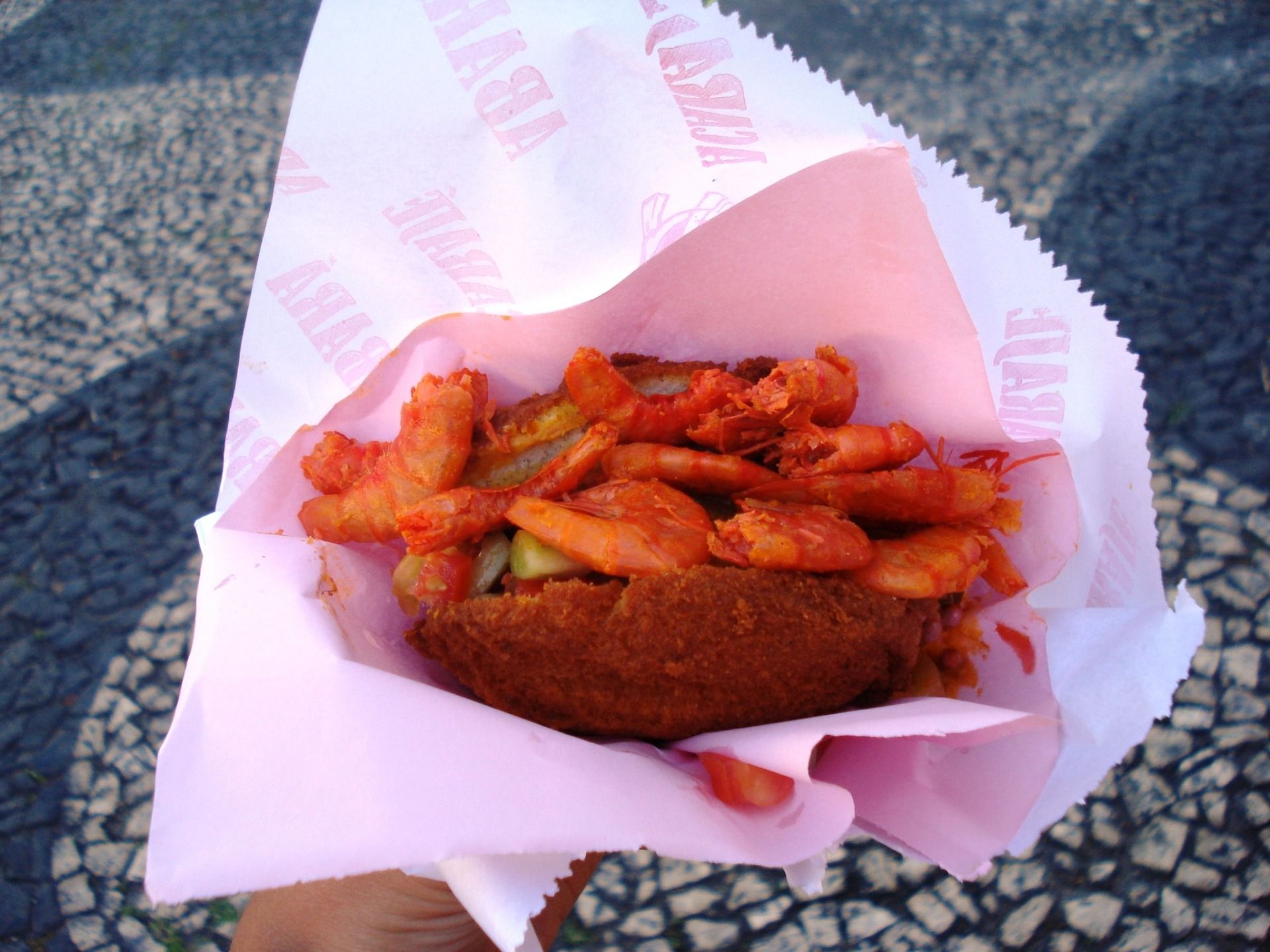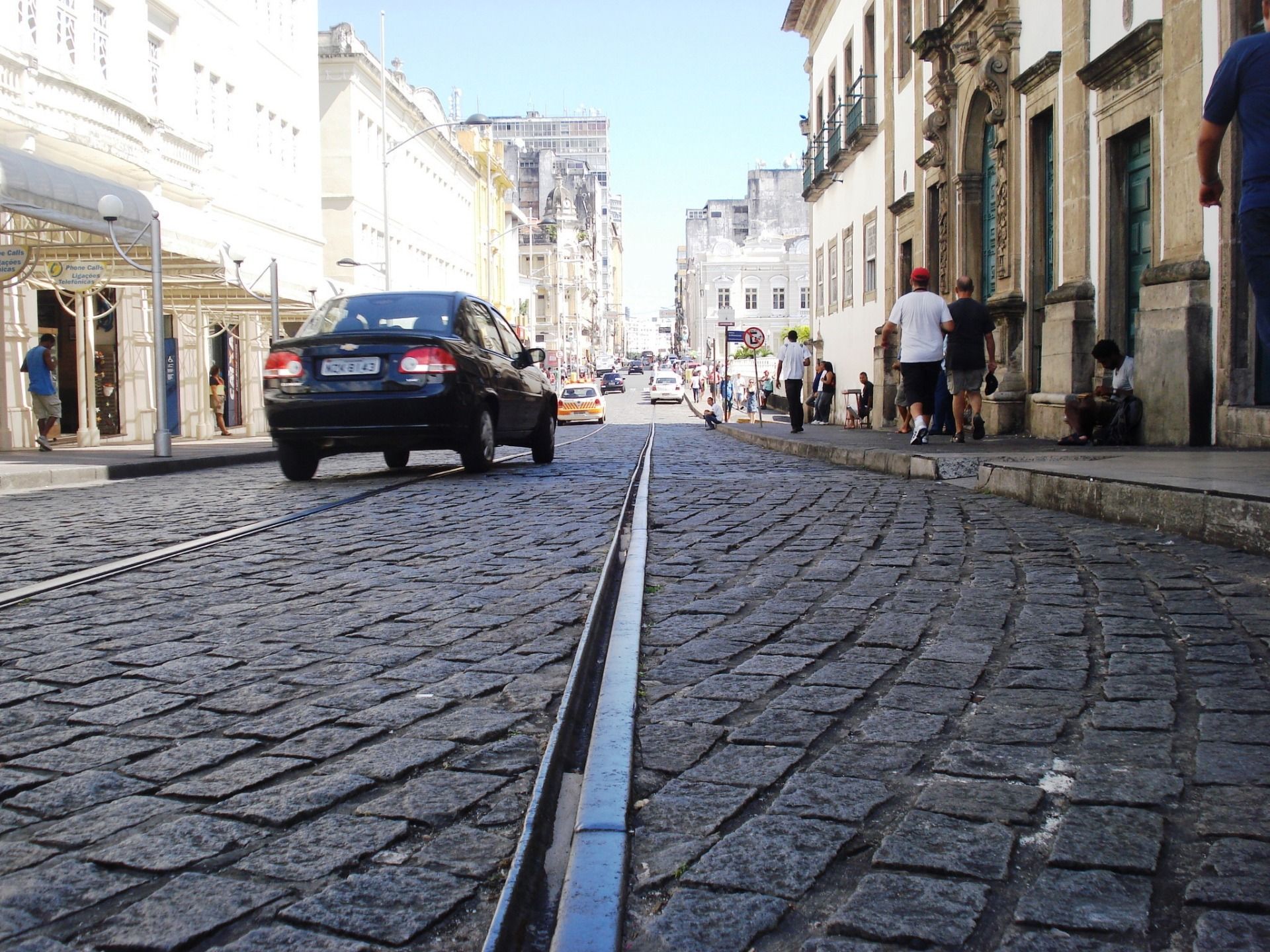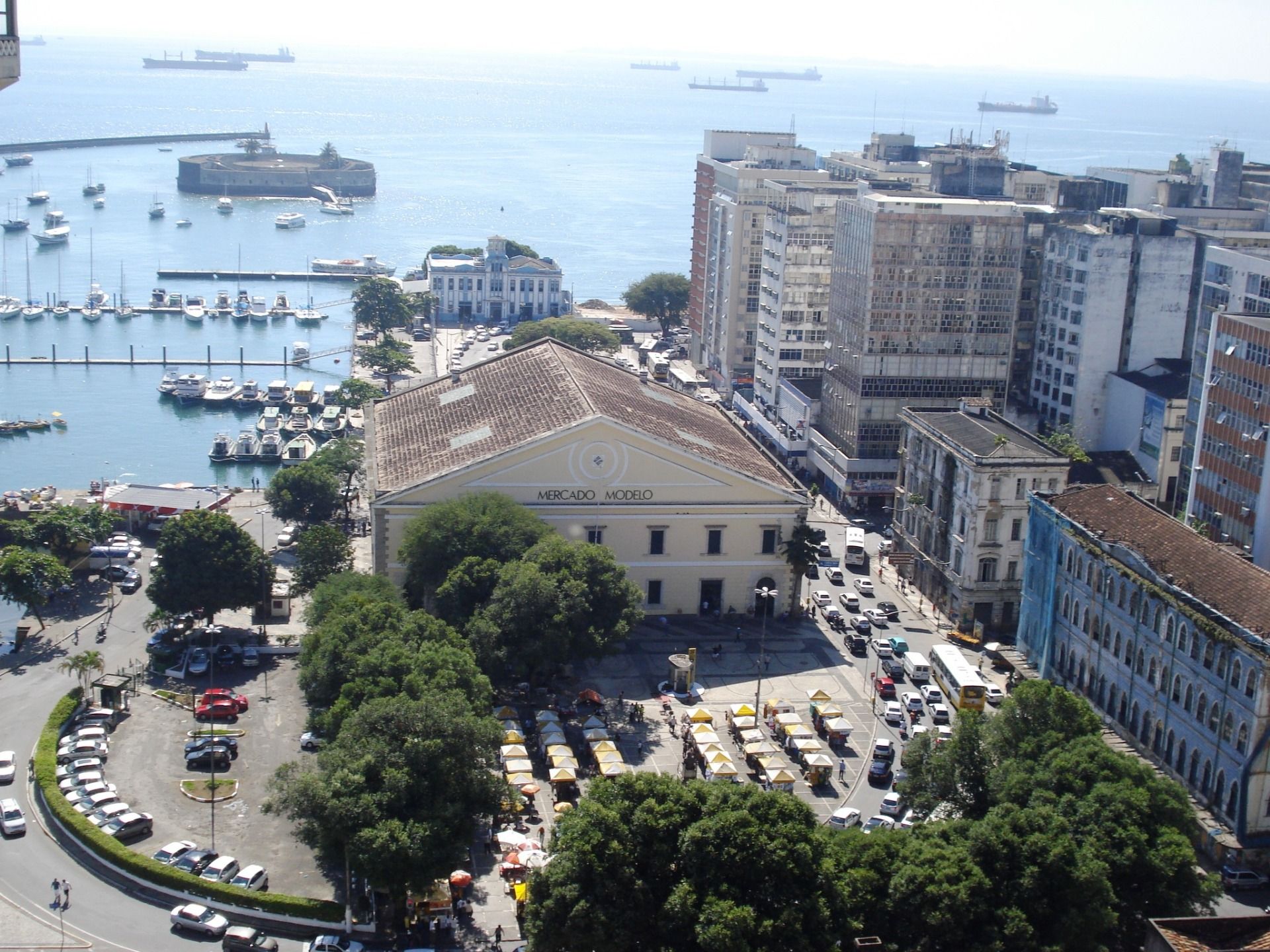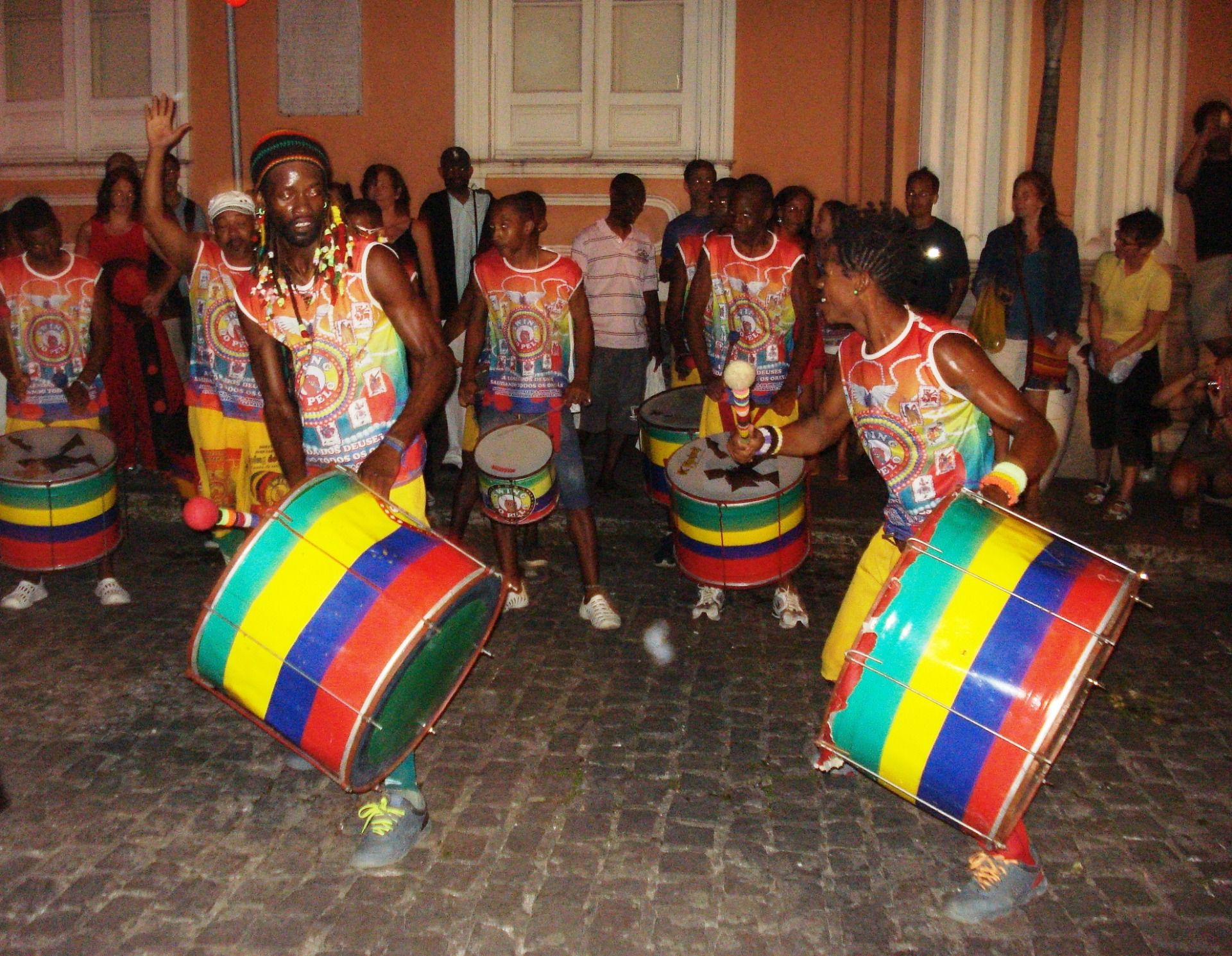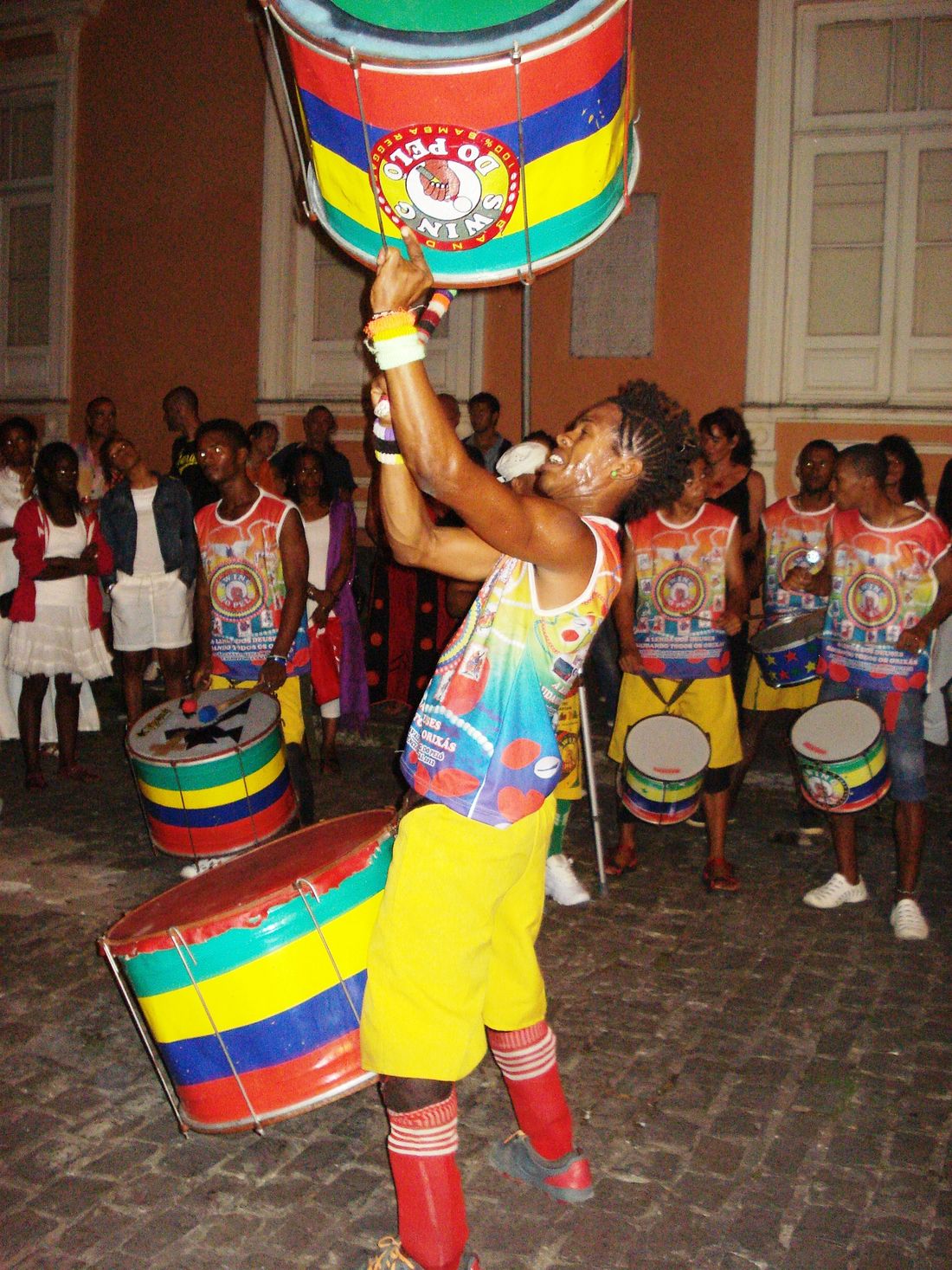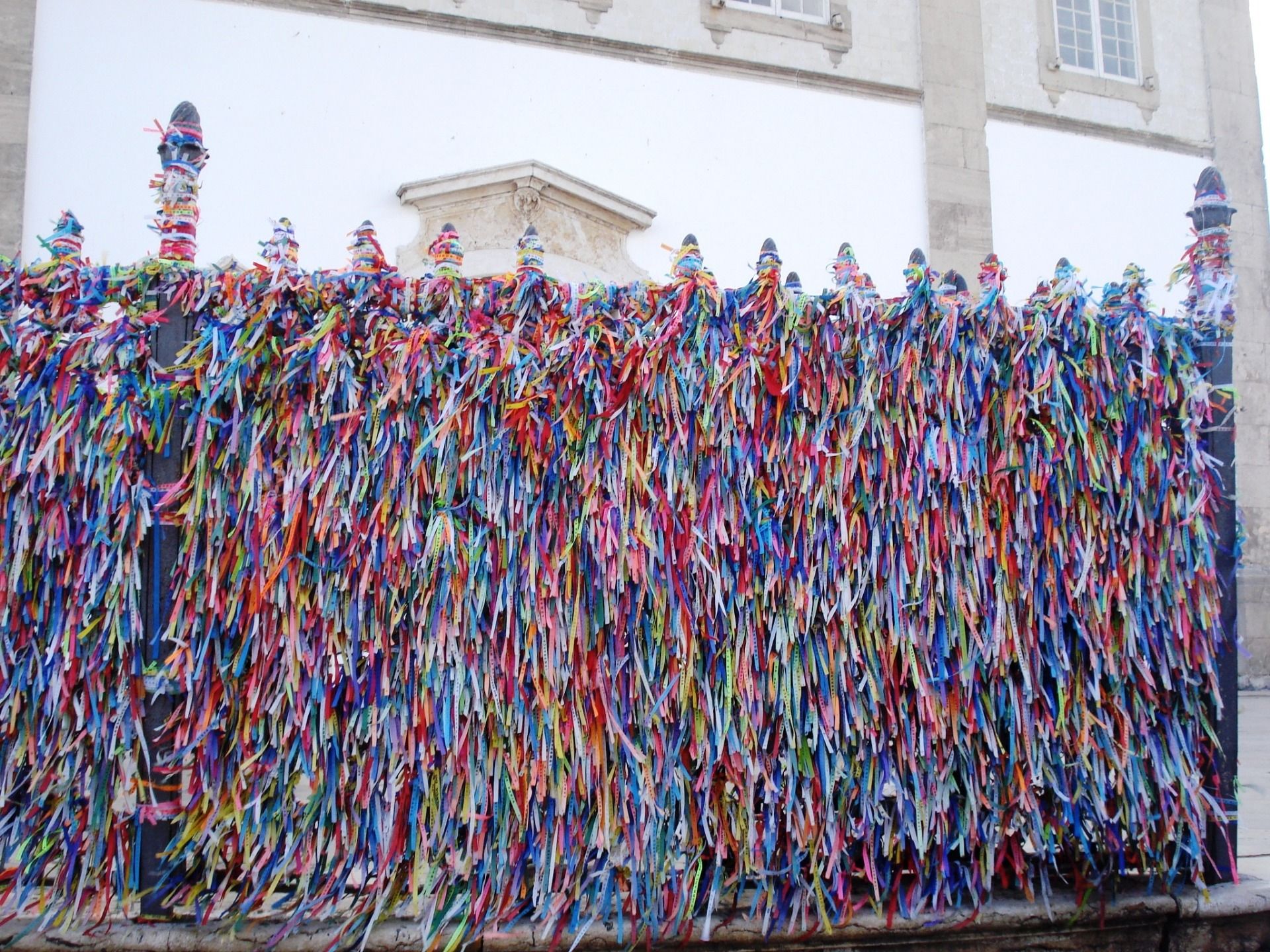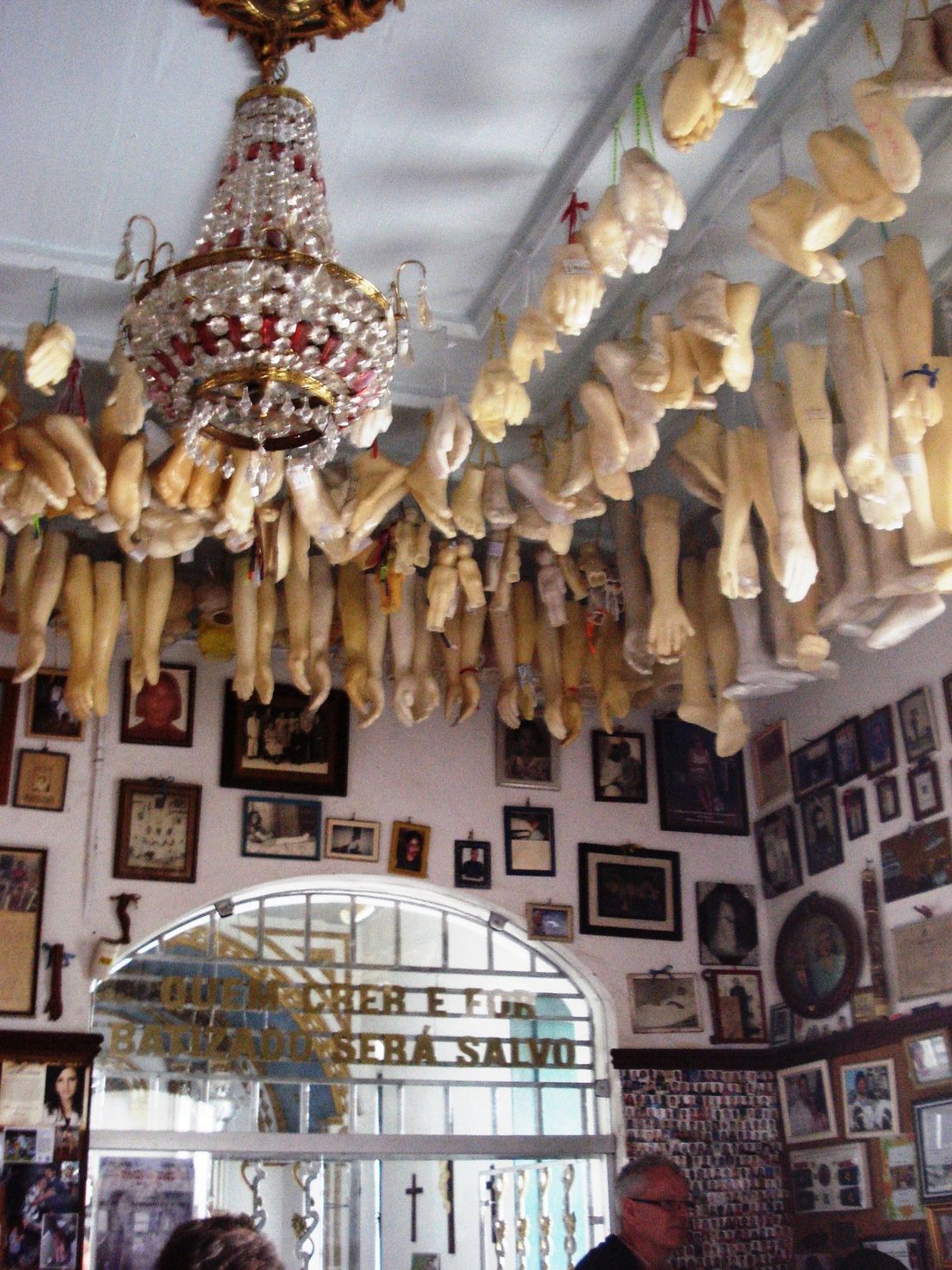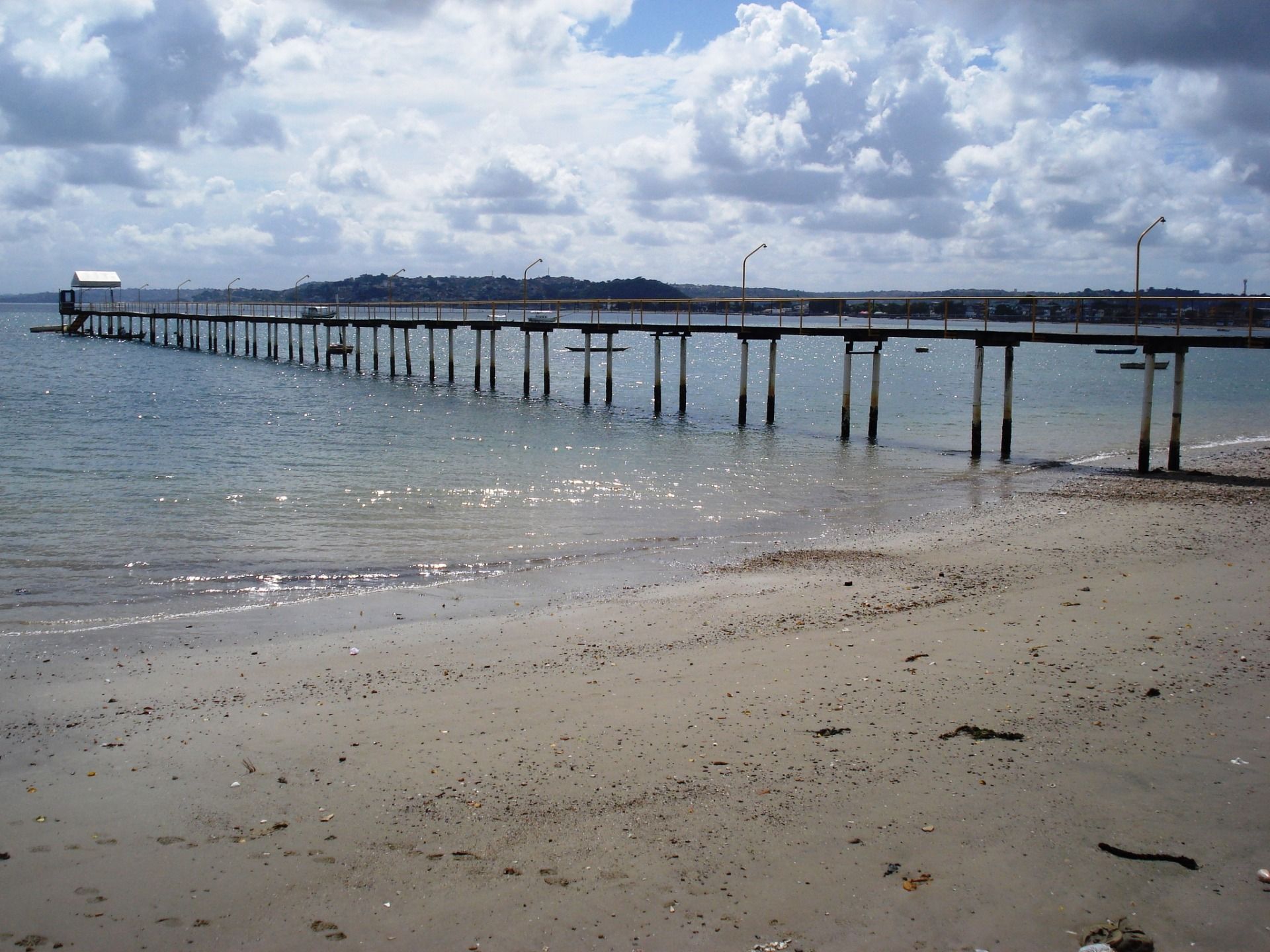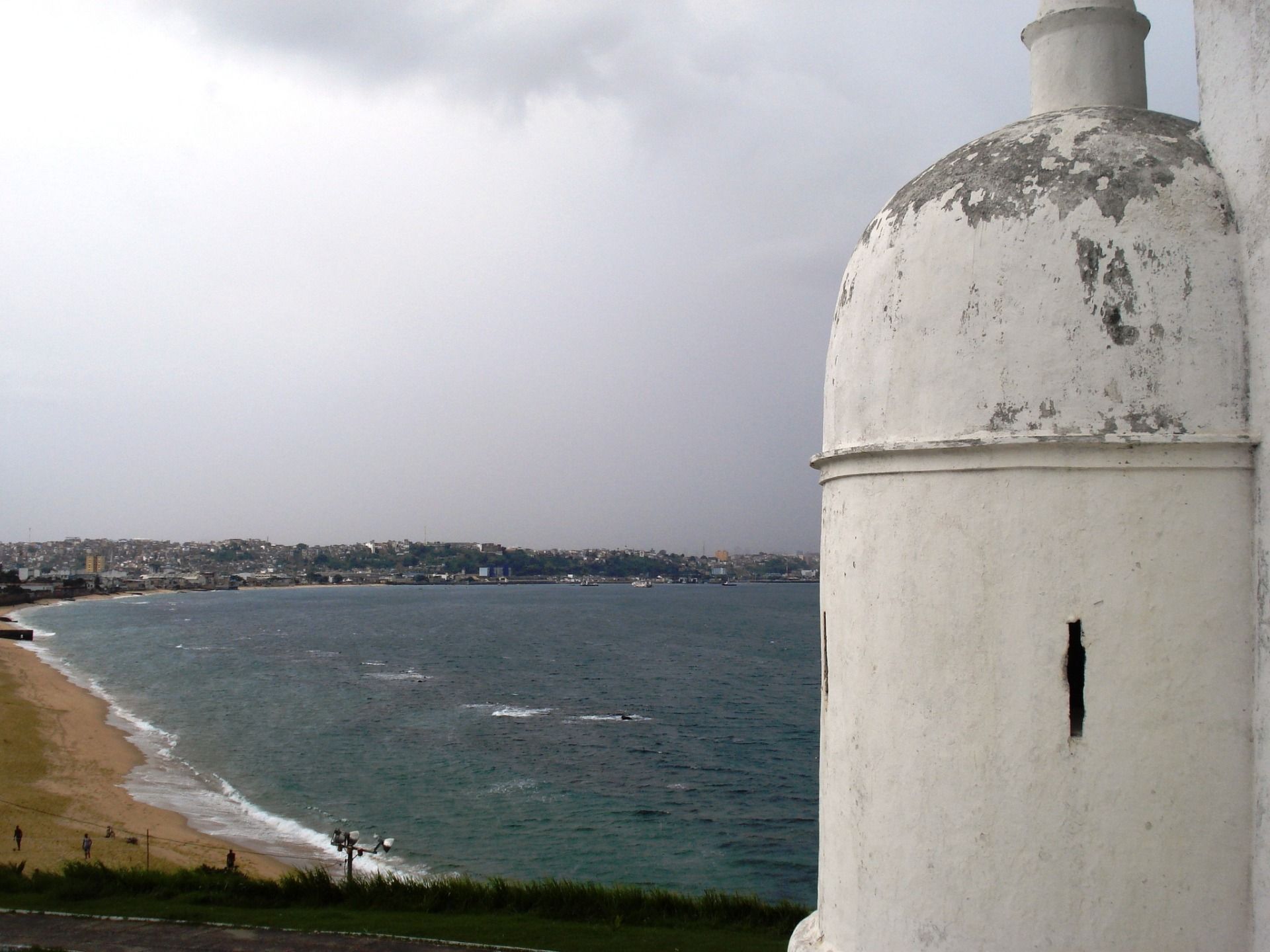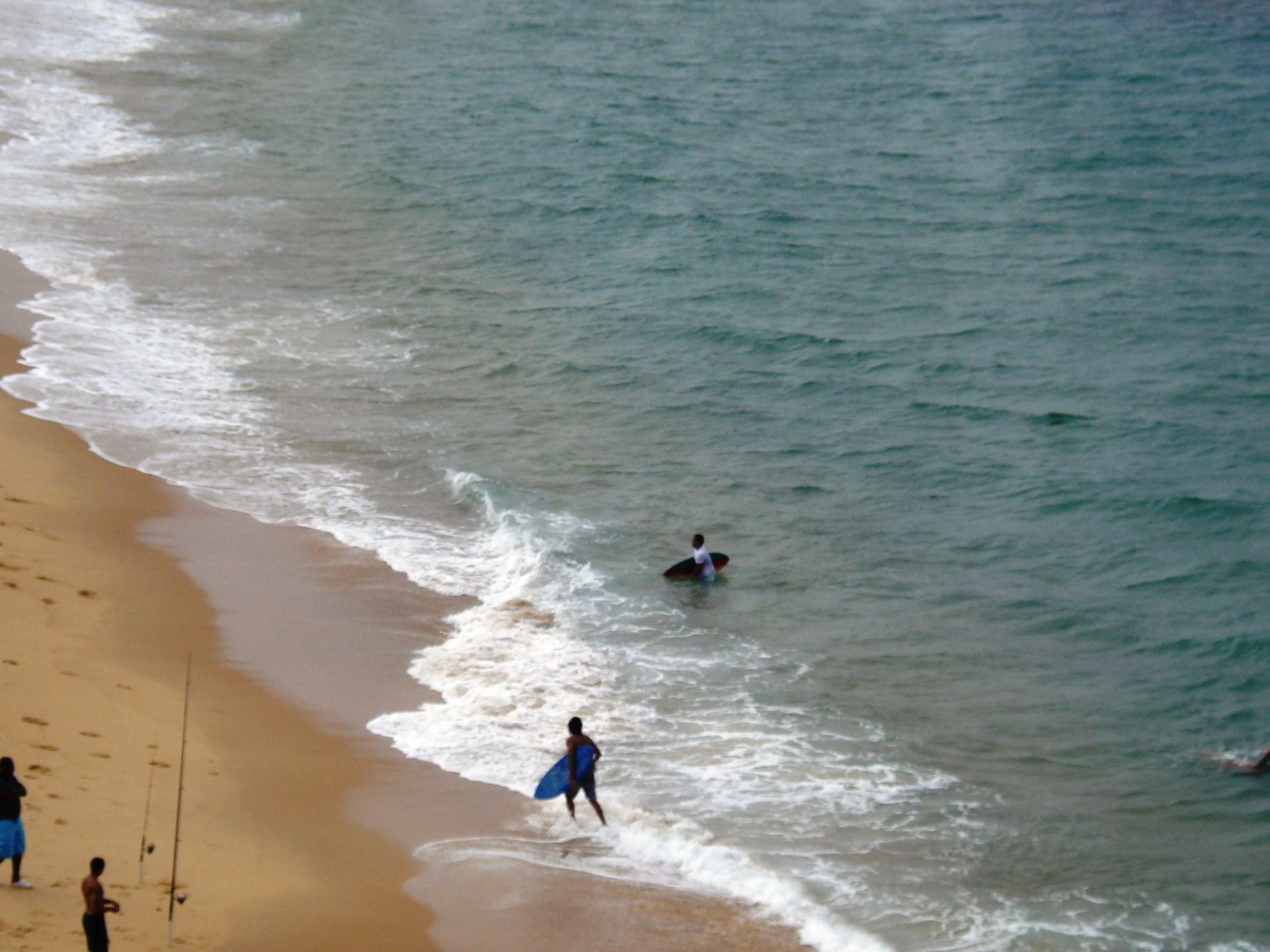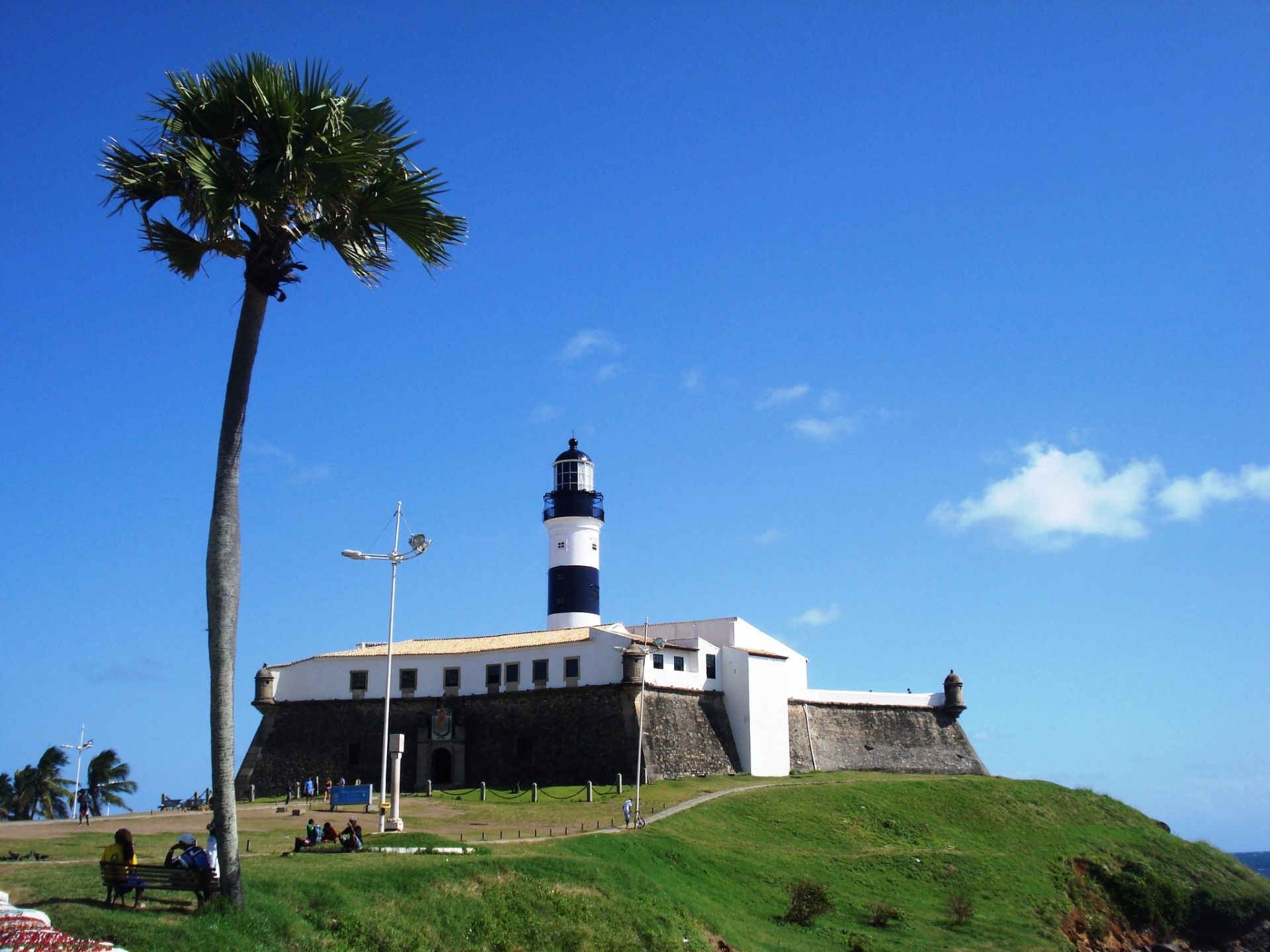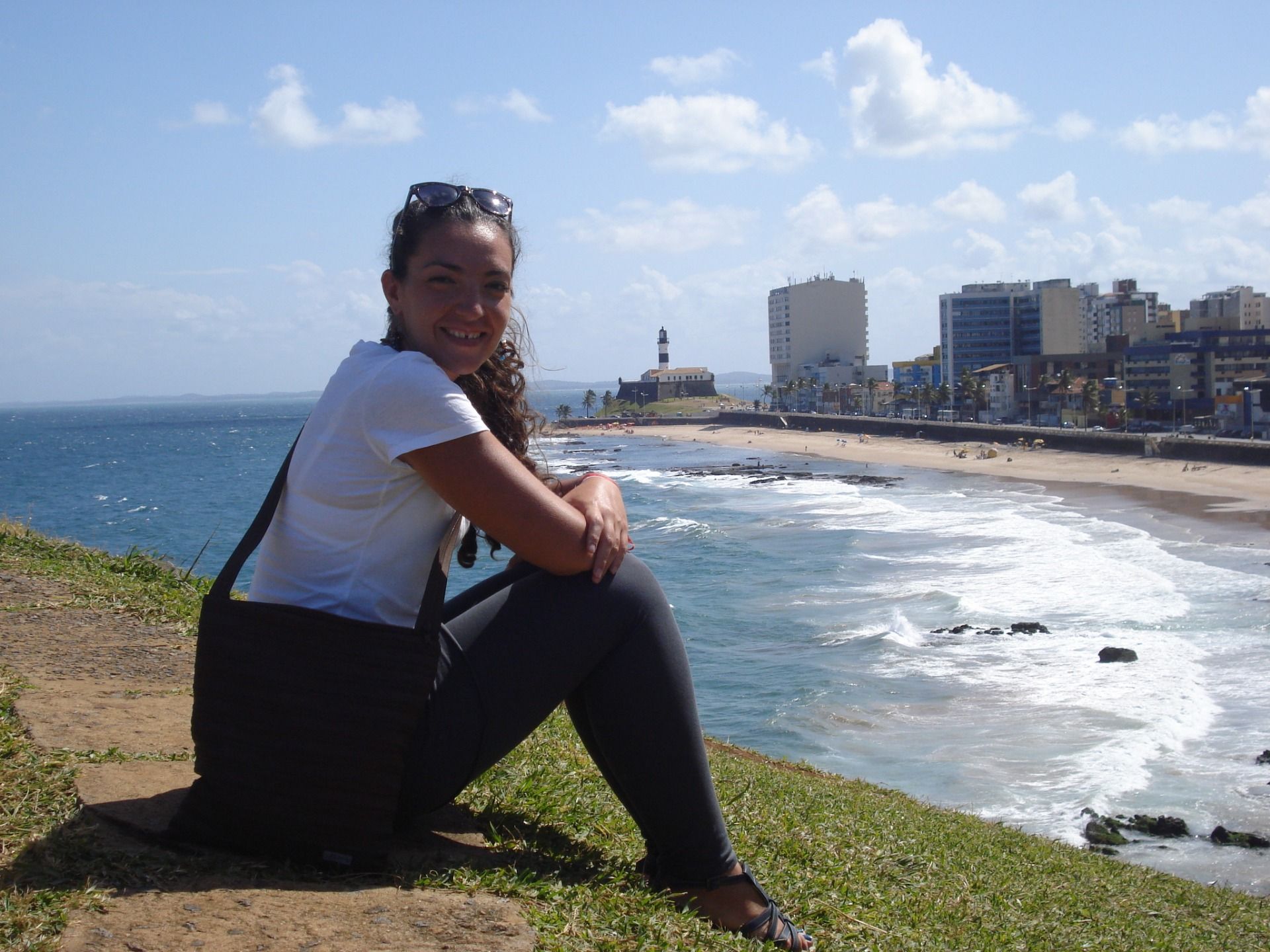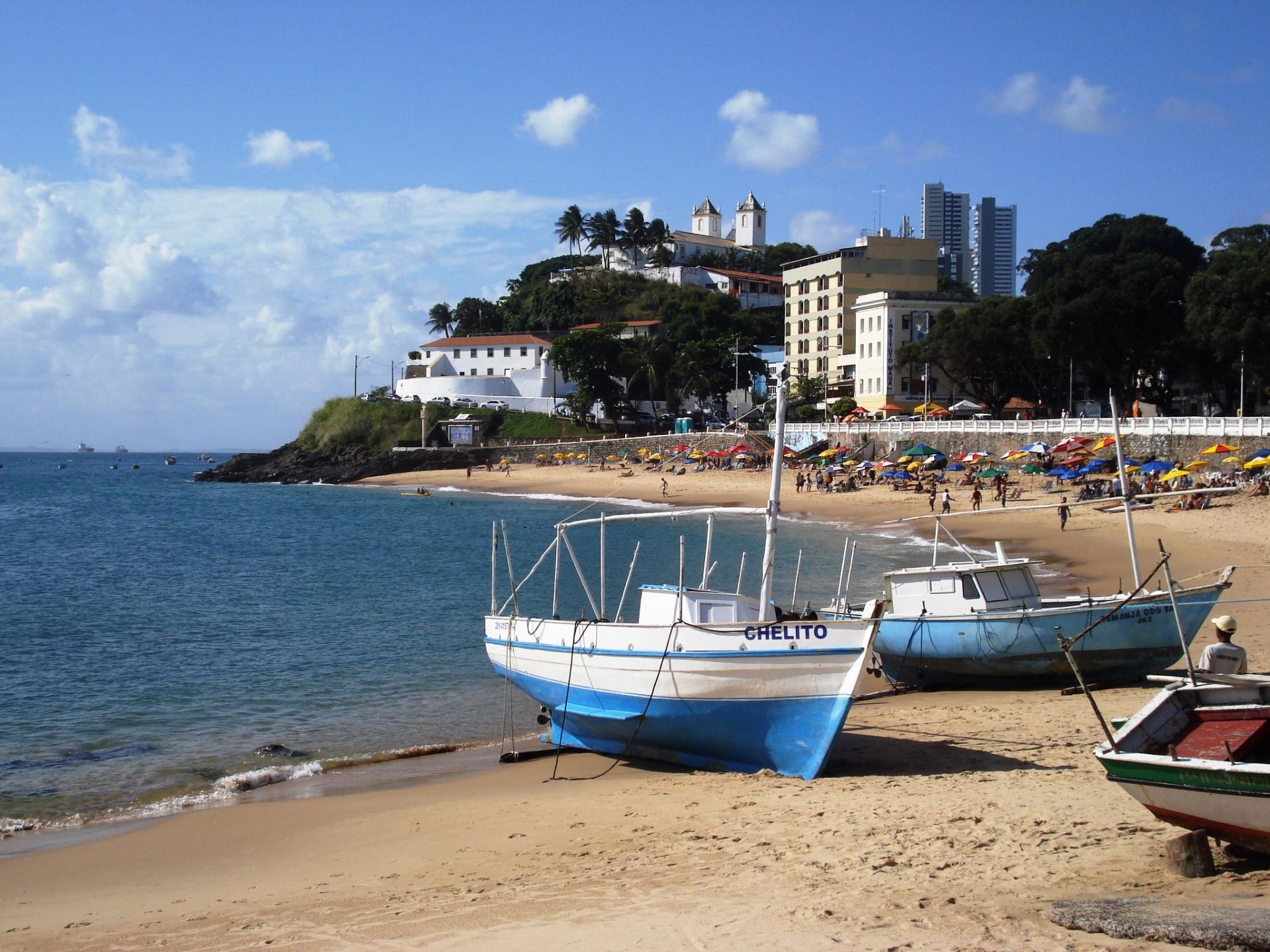My visit to the capital of the state of Bahia in Brazil, was short but intense. This place has an enveloping energy that drags you towards its innumerable charms: city, cultural, natural ...
In the background, Church and Convent of San Francisco in the historic center of Salvador
I arrived in the beautiful city of Salvador with the turmoil of a week day, very early, on a flight from Recife. After having been in Ceará and Pernambuco, Bahia was the third Brazilian state that I planned to meet on my trip through this giant South American country.
One of the reasons that motivated me to want to visit this region was the literature of the famous Bahian writer Jorge Amado, since I knew his extraordinary narratives set in different parts of the state, I was attracted to this place.
A quote from the writer located at the Casa de Jorge Amado Foundation: ... What I want is that in this House, Bahia's meaning of life is present and that this is the feeling of its existence. That, alongside research and study, be a meeting place, a cultural exchange between Bahia and other places ...
Upon leaving the airport I took a bus to Praça da Sé, downtown Salvador. I had seen on the Internet a hostel that was in the Pelourinho, the historical heart of the city, and I went there to see if there was a free bed. The traffic took me about an hour to arrive, but fortunately I did get a place. I left my backpack stored in the locker and left with the basics in a small bag to begin to know the surroundings. It was barely 10 in the morning.
The street of the hostel where I stayed
In front of the hostel where I stayed is the headquarters of Olodum. Founded in 1979, it is considered the most important Afro music group in Brazil. The fusion they make, a mixture of Afro-Caribbean rhythms and samba is known as samba-reggae
Salvador de Bahía is considered as the Afro capital of Brazil and Latin America, because of the number of descendants of Africans that make up its population.
Music flows through the streets of Salvador, where many groups meet to rehearse in public
A "baiana" (Bahia woman)
According to historical records, between the mid-sixteenth and mid-nineteenth centuries, the Portuguese colonizers brought from Africa more than three and a half million people to be enslaved. As there were so many, they were able to preserve many of their cultural traditions and that is why Bahia has a particular mixture in every way, originated by the contributions of whites, blacks and indigenous people; syncretism at its best.
This city was the first capital of Brazil (1549-1763), established by the Portuguese crown. With blacks and enslaved Indians, the fields were cultivated with sugar cane and tobacco, among other items and also spread livestock. The export of many products and the import of others from Europe, made Salvador the most important economic center in Brazil until about 1820, when international sugar prices fell.
Terreiro de Jesus with the Basilica Cathedral
Apart from its special energy, this city is physically imposing, with rich architecture of the 17th and 18th century, lots of churches with lots of gold, beautiful cobbled streets, greenery, rich artistic-cultural life and sea views that leave you with the open mouth.
Through the streets of Pelourinho
Ocean view from Cidade Alta in downtown Salvador
I began my tour of the place where I stayed, the Pelourinho, historical and tourist center of the city and declared World Heritage by Unesco.
Largo do Pelourinho
With a map that my traveling guide had, it was not difficult for me to know many of the highlights, then I kept it and went aimlessly through other streets to browse.
The center of Salvador is divided between Cidade Alta (Upper City) and Cidade Baixa (Lower City). The Pelourinho is the nerve center of Cidade Alta, its name is because it was the place where the flagellation post was (pelourinho), there were also slaves sold. It houses a lot of history in its old buildings and also has a very intense artistic movement with cultural centers, museums, music schools, dance, percussion ...
The paving of the Pelourinho is beautiful but something dangerous, you can easily slip or if you are in sandals take out a nail ... beware!
The variety and quality of crafts you can get is uncountable
One of the things that caught my attention the most is the number of churches here, I had never seen so much concentration of these buildings in a city and in addition to different architectural styles. They say half jokingly that there are about 360 churches, almost one for each day of the year.
Ordem Terceira of Sao Francisco Church
Detail of the Nossa Senhora do Rosário dos Pretos Church
Santissimo Sacramento do Passo Church
On the other hand, I had not seen so many street vendors of bracelets and necklaces, both religious and decorative, that literally chase tourists to buy them something. If they do not buy, they apply this modality: without realizing it, they put a ribbon on your wrist with the letter BAHIA and they tell you when they tie it with three knots that you must make a wish for each one, then you have no choice but to give them a monetary collaboration. Sometimes it is annoying to avoid them, but they are part of the Pelourinho's daily movement.
Street vendors in the Pelourinho
Fitas (ribbons) are already a symbol of Bahia. They say that the three wishes requested when they tie you up will come true when the ribbon falls off on its own, so you should not take it off
With the ribbon on my wrist, I arrived at one of the places that interested me most: the Jorge Amado House Foundation, the best-known novelist in Brazil. His works, many of them taken to the movies and television, show through very picturesque and native stories and characters the cultural mix of Bahia and have been translated into almost 50 languages, including: Gabriela, clove and cinnamon; Doña Flor and her two husbands, Tieta ... and so many more. This house is a cultural center that in addition to disseminating the work of this great writer has exhibitions, bookstore and many activities related to literature.
The interior of the Jorge Amado House Foundation
Poster of the movie Tieta, based on the novel written by Jorge Amado
Following the tour of this area, you can also visit several museums such as Afro-Brazilian, the City Museum, Sacred Art of Bahia or the Museo da Misericordia.
Already with several hours walking I got hungry and had in mind to try the acarajé, a kind of bun made with a mass of pinto beans, onion and shrimp that mold in a rounded way and then fry it in palm oil. They serve it stuffed with shrimp and a creamy sauce called vatapá, which contains breadcrumbs, ginger, coconut milk, shrimp, cilantro ... and other things that I don't remember hehehe. It is part of the African gastronomic heritage, I asked where I could get and they pointed me to a street stall where a “Baiana” woman was selling this delicacy.
Acarajé street stall
The divine acarajé
After this tasty break I went to know the other part of downtown Salvador: Cidade Baixa, a mix between the old and the modern, and where commerce is concentrated, is the ferry terminal and the port.
View of Cidade Baixa
I got in the Elevador Lacerda, some elevators that connect Cidade Alta and Cidade Baixa. In a few seconds you get down the 72 meters that separate these two parts of the city due to a cliff. The views from here to the sea are beautiful.
Elevador Lacerda
I went to see the Mercado Modelo (Model Market), where you can get handicrafts, clothes and other interesting local objects.
When I left the market I walked to the most commercial part of this area and was distracted for a while watching the stores.
It was already getting late, so I returned to the hostel. In the room I was sharing, I met a French girl who was also traveling alone and told me to go to a free music event that night she was told at the Pelourinho: Terça da Bencâo (Blessed Tuesday), which is done every week . We approached and it was very good, we saw a group of drums, Swing do Pelo, there were also people doing capoeira (dance that combines dance, play and fight) and several live music presentations.
Swing do Pelo
The next day I went to visit the Church of Nosso Senhor do Bonfim, located in the Itapagipe Peninsula, where many people go to put offerings for the favors received and the scene of the biggest street party in the city after the Carnival.
This Catholic church is witness to the syncretism between the Christ of the Good Death and Oxalá, one of the greatest divinities of Candomblé (Afro-Brazilian religion)
The colorful fitas (ribbons) of desires that adorn the church fence
The Hall of Miracles, where believers have left replicas of parts of their healed bodies, in addition to plates, photos, among other curious objects
In this church, on the second Thursday of January, the rite of the lavagem (washing) of the stairs is performed by the "baianas" supervised by Catholic priests and the priestesses of Candomblé, known as “mâes de santo”, a sample of the syncretism that exists in Bahia. In the end, percussion and music take over this ceremony in the streets until night.
Over there I also met the Nossa Senhora of Monte Serrat Fort, a downpour fell, so the photos I took of the place were somewhat melancholic.
The beach from the Nossa Senhora of Monte Serrat Fort
When it stopped raining I took a bus to Barra, a beautiful coastal area with bars and restaurants where Fort San Antonio stands out, better known as Farol da Barra for having a lighthouse (farol) that dates back to the 17th century, the oldest in South America.
A beach in the Barra area
To close my visit here festively, at night I joined a group of Catalans whom I met those days by the hostel and with other travelers of various nationalities who joined, we went to the area of Rio Vermelho, known for its lively nightlife and outdoor restaurants, to eat and drink something. It was a great multicultural evening.
No more to add, if you have the possibility to go to Salvador de Bahia, do not hesitate. I think there must be few cities in the world with the vital energy load that this place transmits.
THANK YOU FOR READING!
All the photos are mine, taken with a Sony Cyber Shot 7.2 mp digital camera
